(Through the) Immortal Forest
You must gather your party before venturing forth.
You must gather your party before venturing forth.
You must gather your party before venturing forth.
You must gather your party...
Our roof - with a balcony - in Mengusovce.
(Footnote 1: Meanwhile decent people had had their tea aeons ago.)
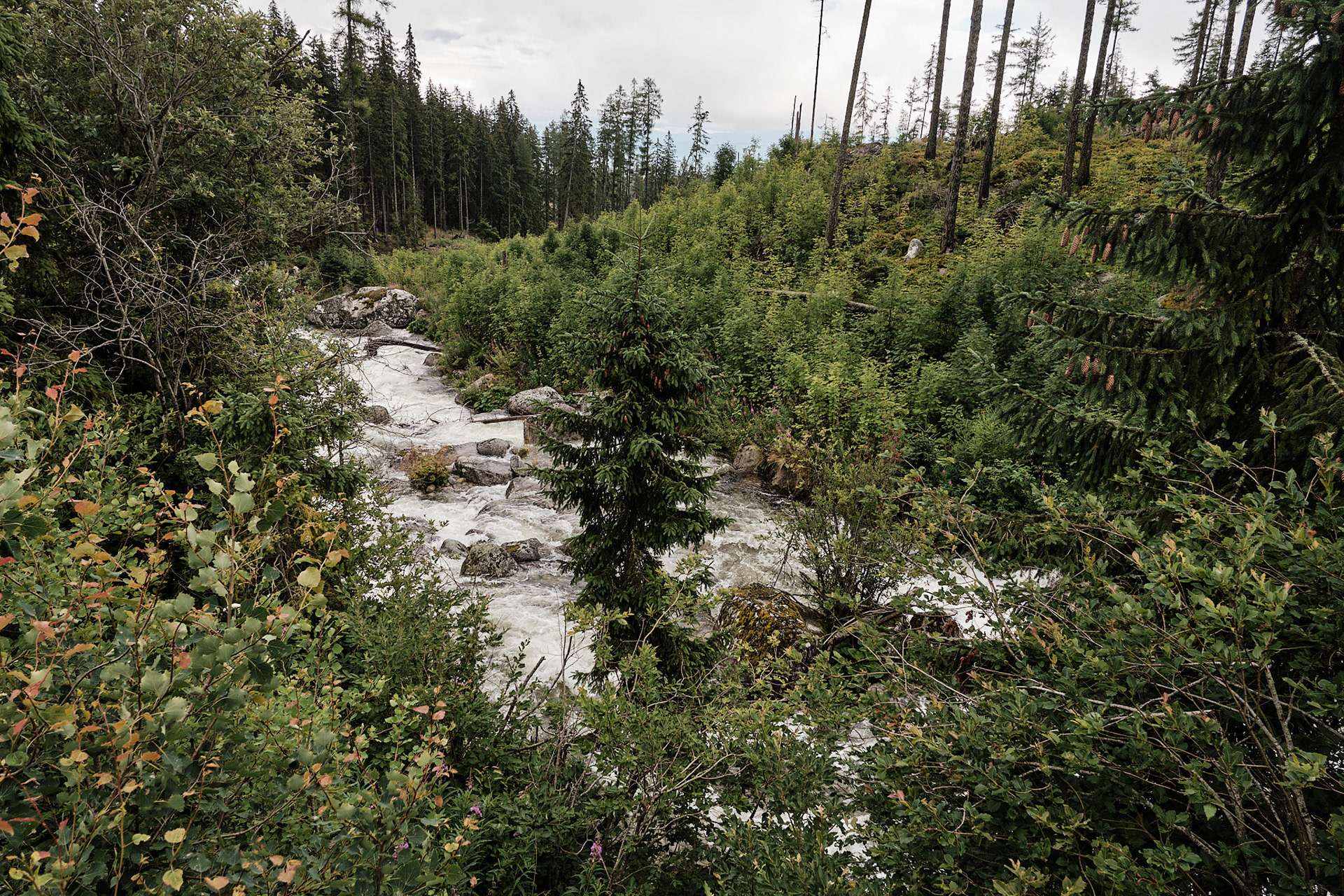
The Poprad. It flows towards the Vistula. Soon, we'll cross the watershed and another stream, flowing to the Danube.

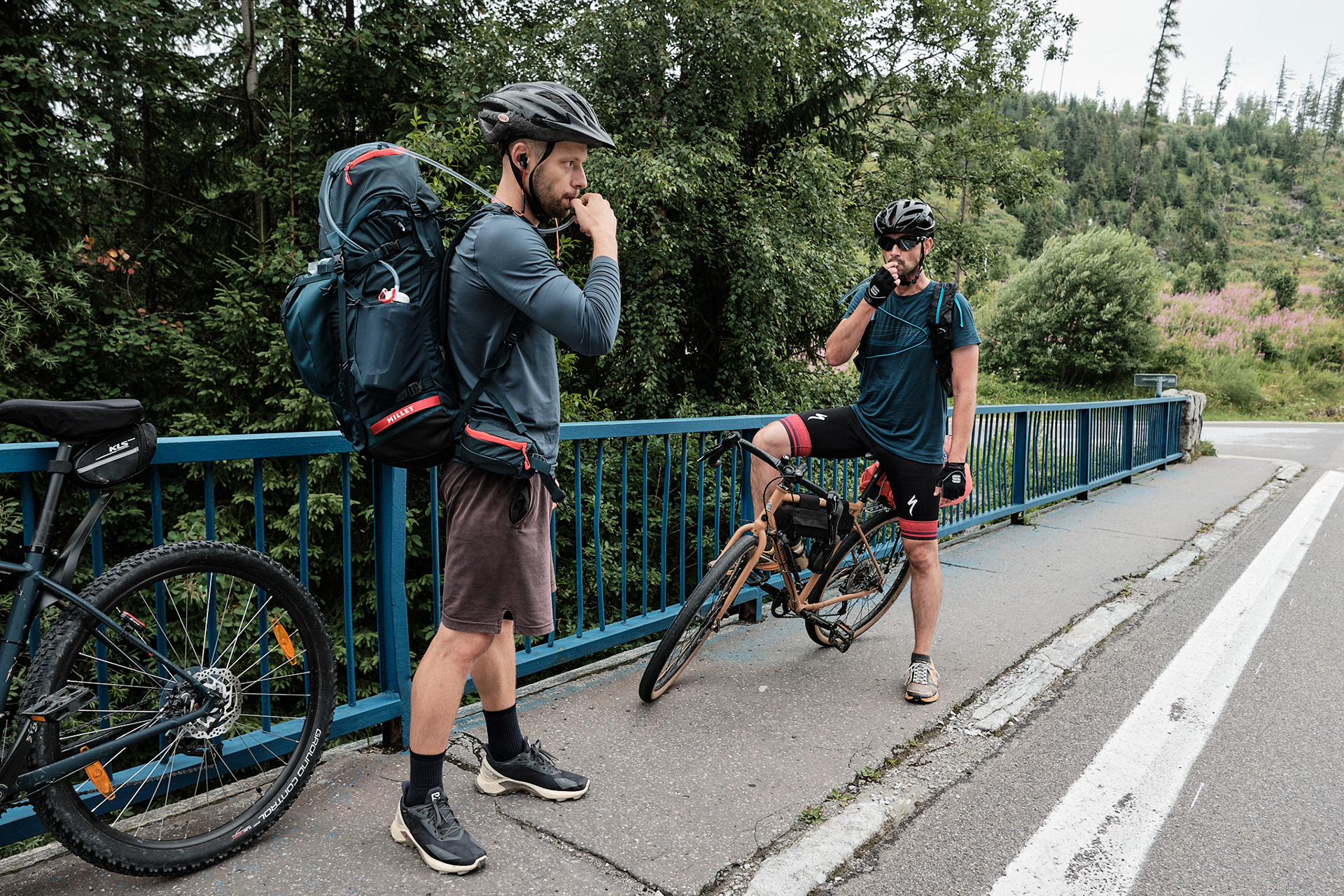
Hydration time

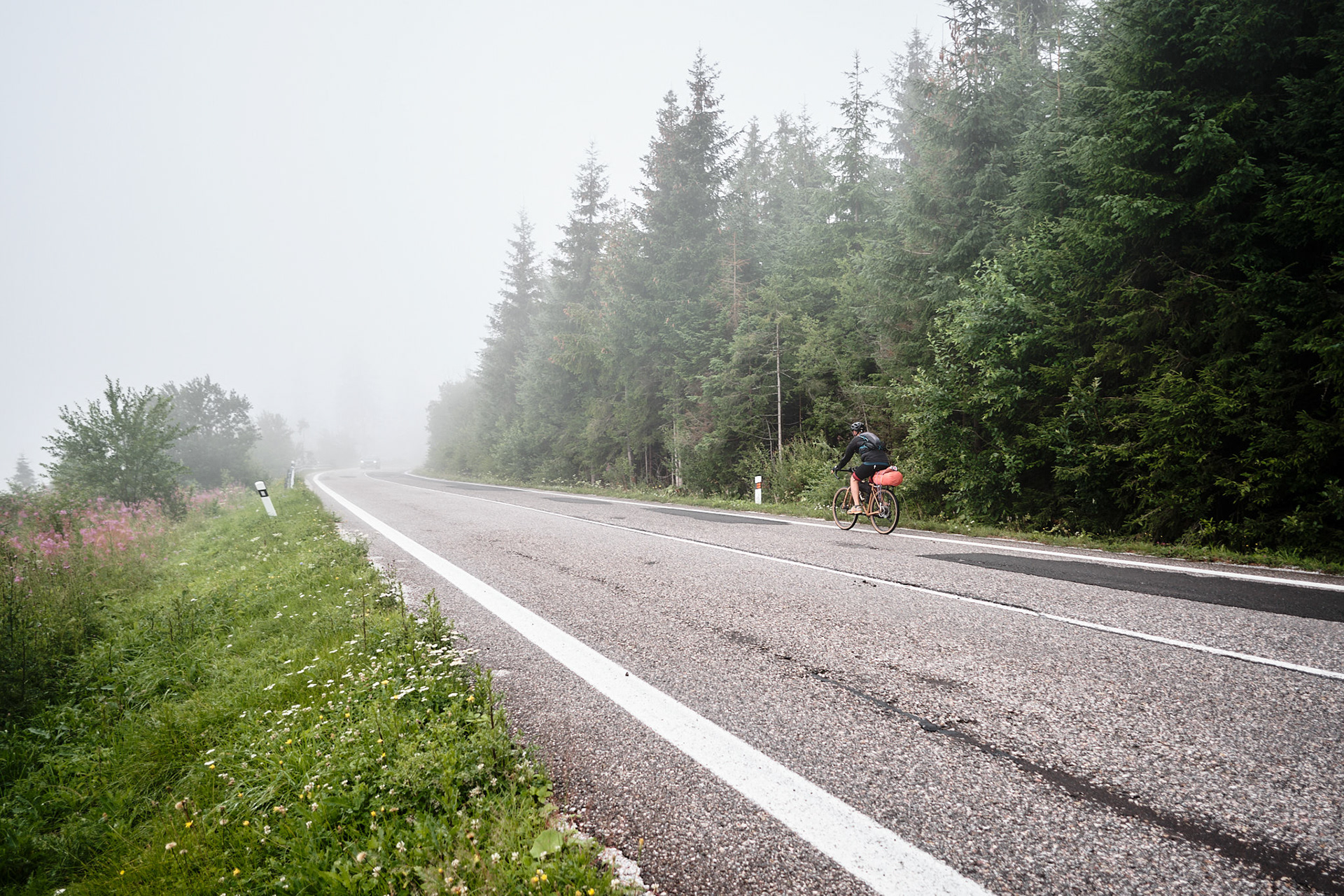


The hillock on the right looks rather peculiar. I wonder what's up there?
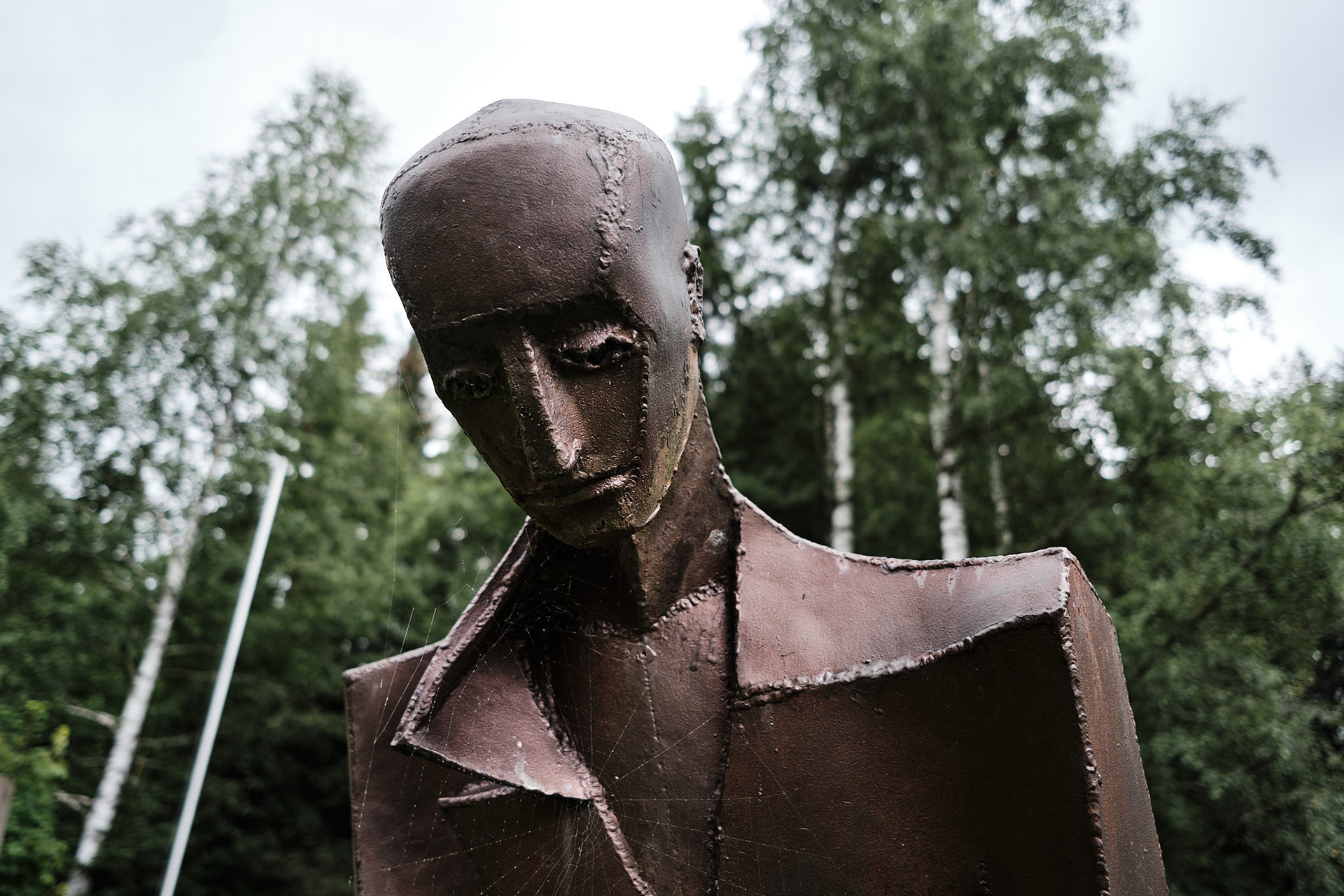

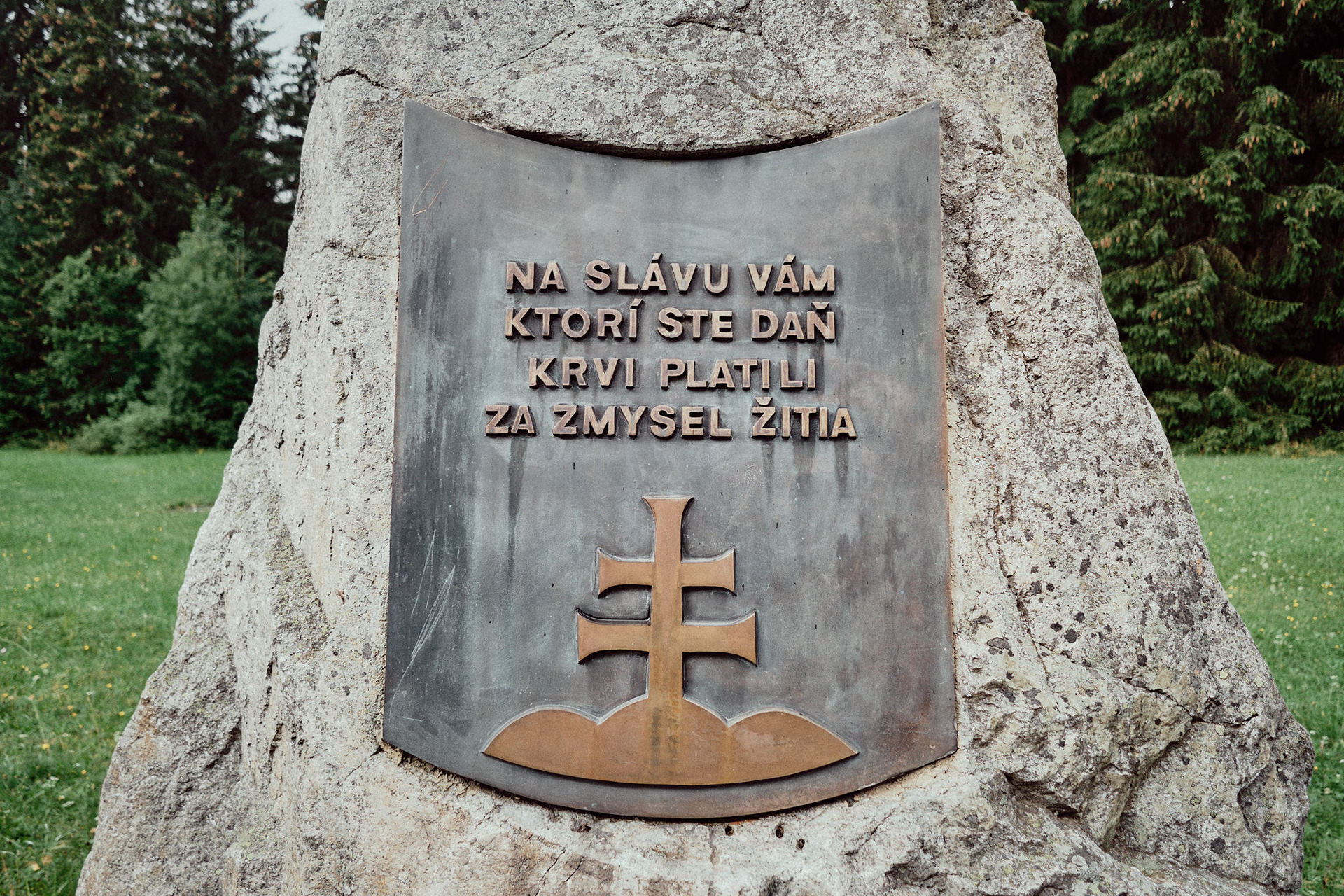
For the glory of you who paid a tribute of blood for the meaning of life
The Whitewater river took it's name from the cascades of rapids forming it's upper course.

Facial expressions worthy of serious times.

The Storm's havoc is still evident there.

At Belá - the Whitewater

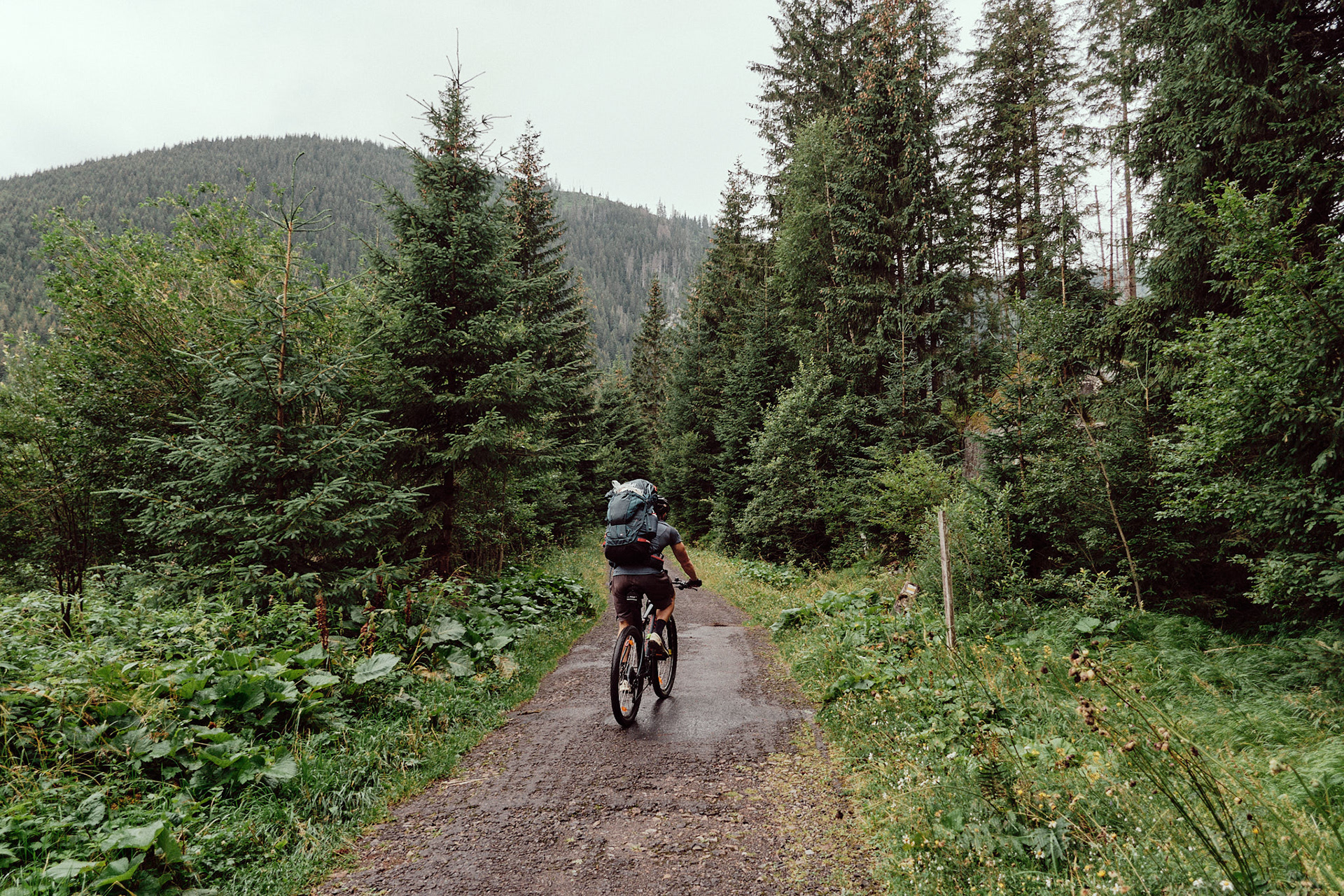
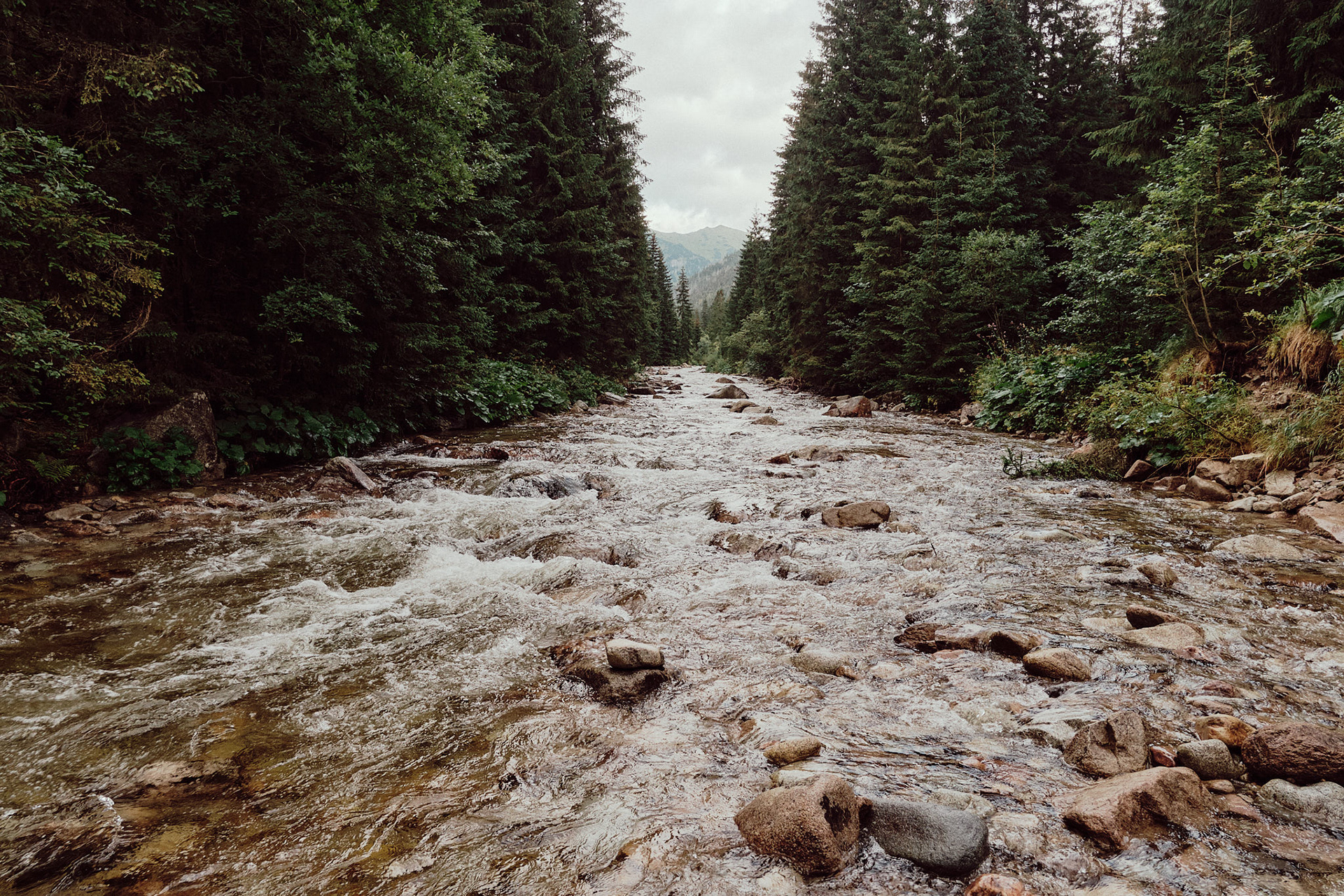
The higher parts of Tichá dolina. Clouds in the background cover the peaks of Svinica and Valentková. On the ridge on the left the Lily Saddle separates the Western and High Tatras. The Polish border follows the watershed.
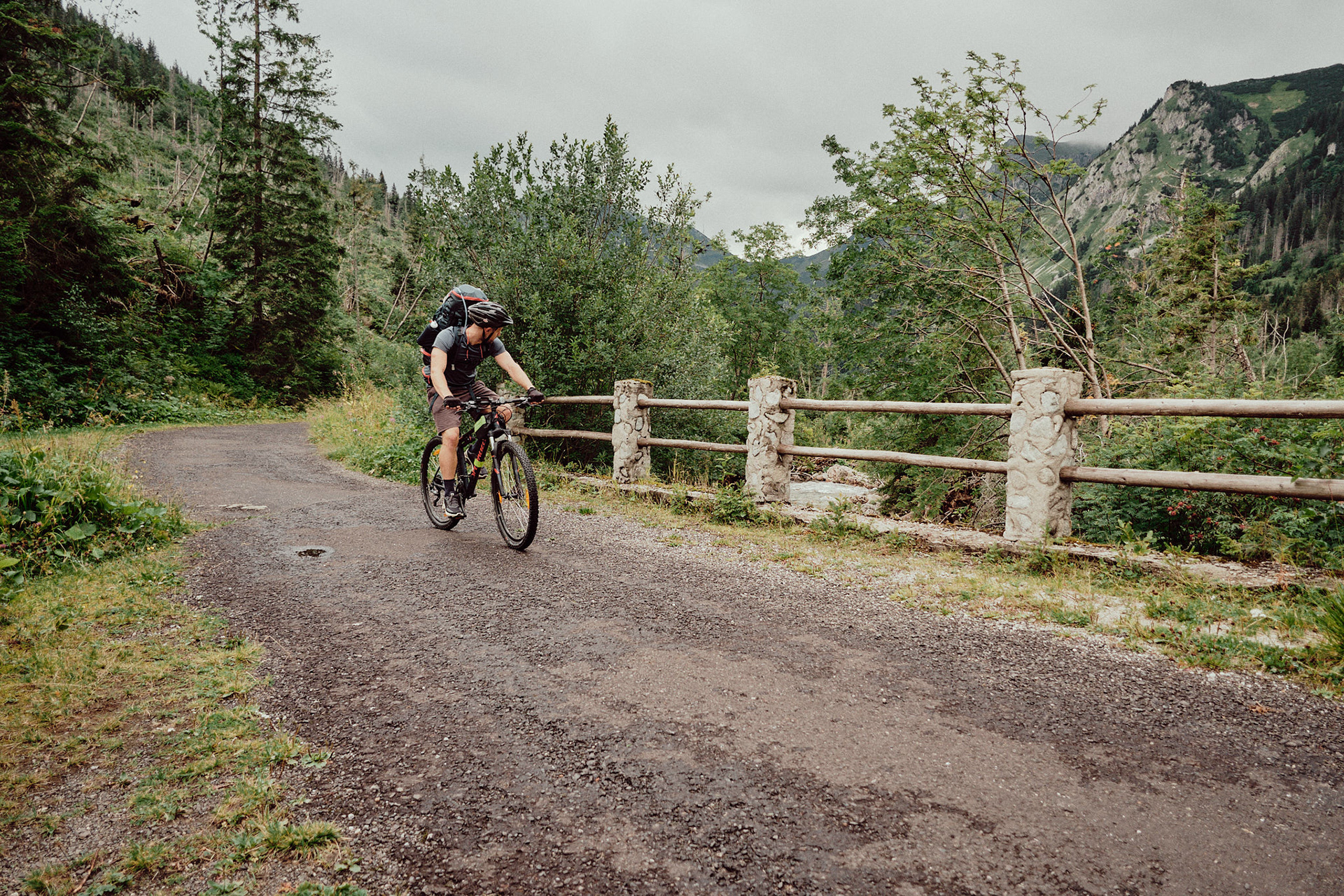
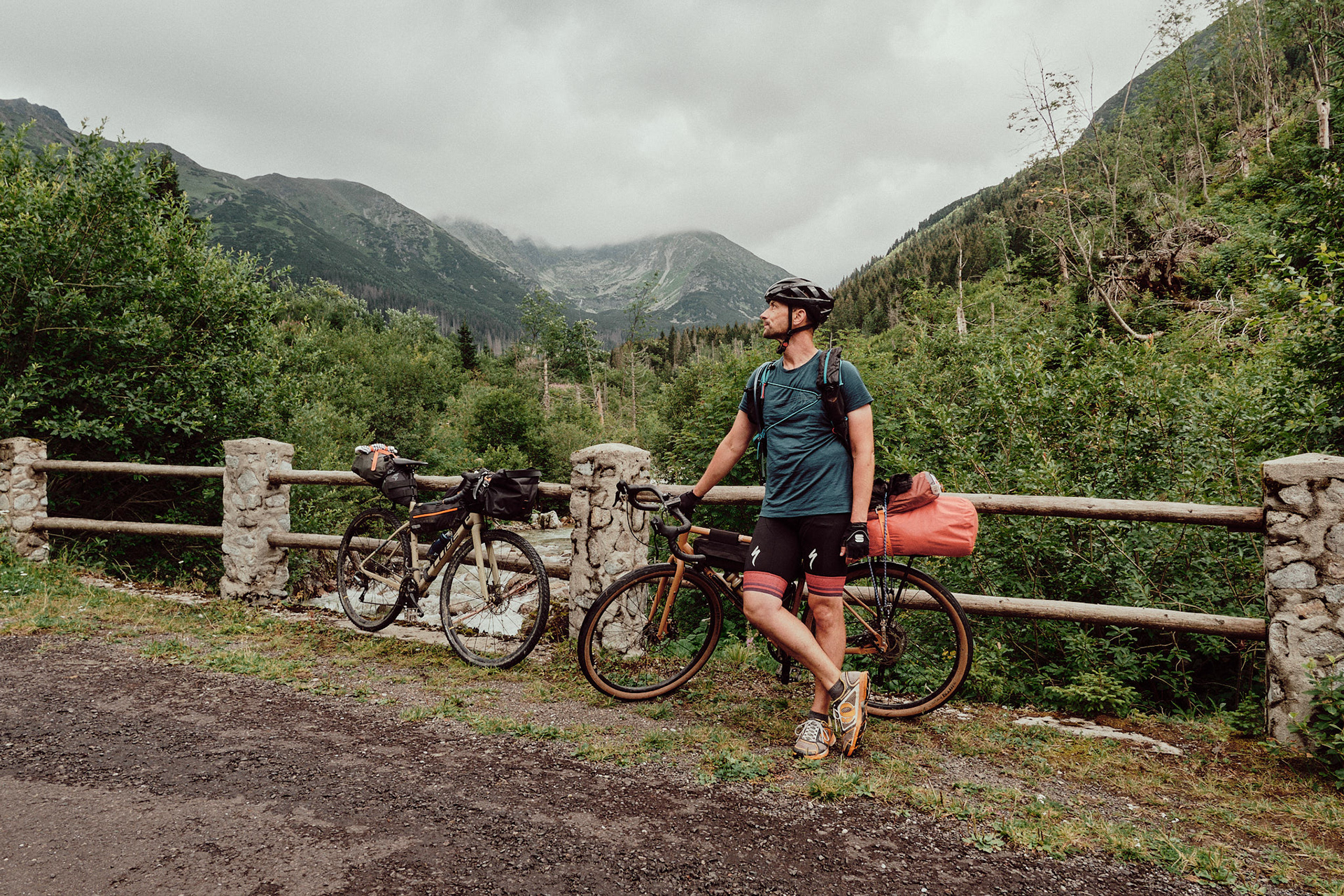
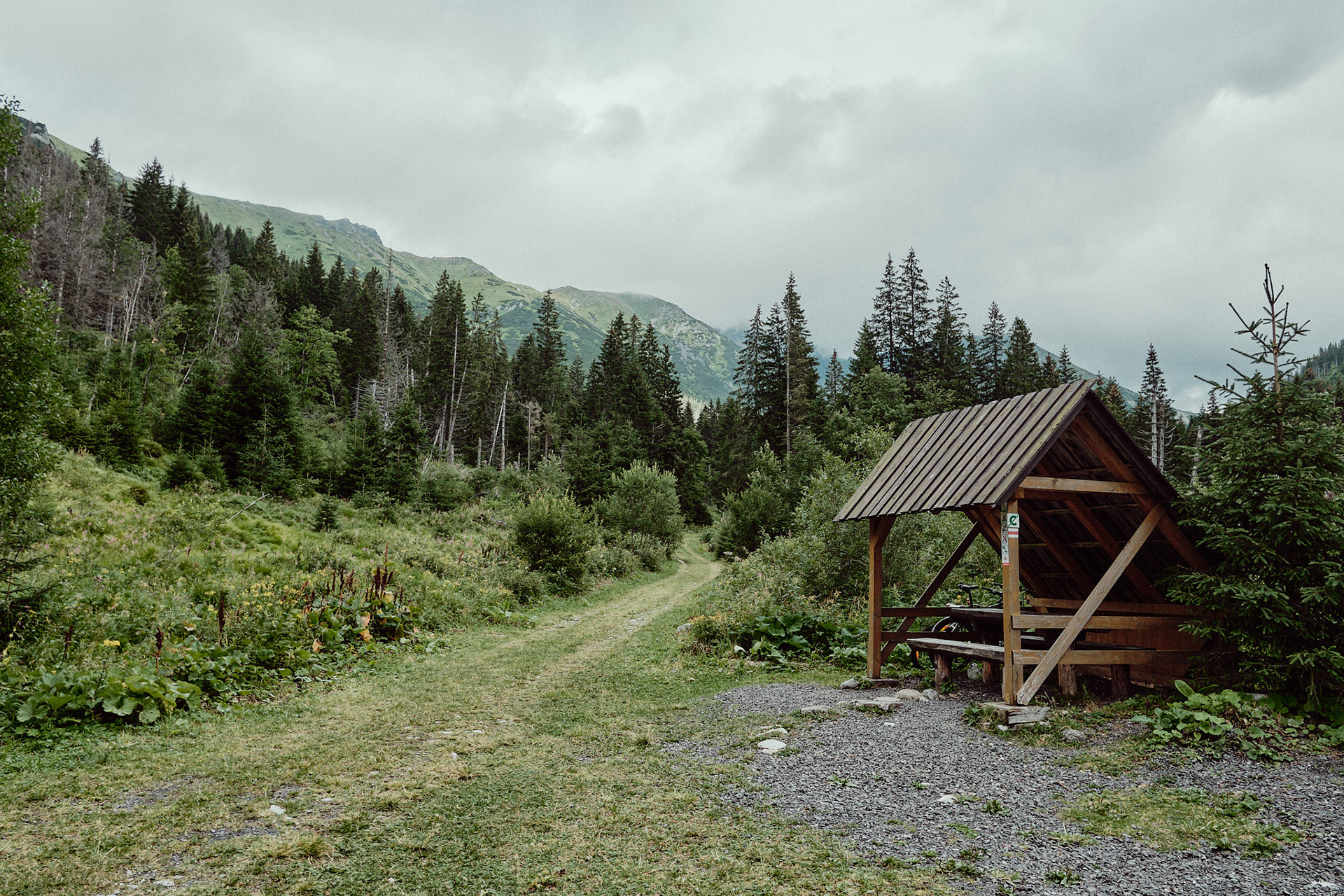
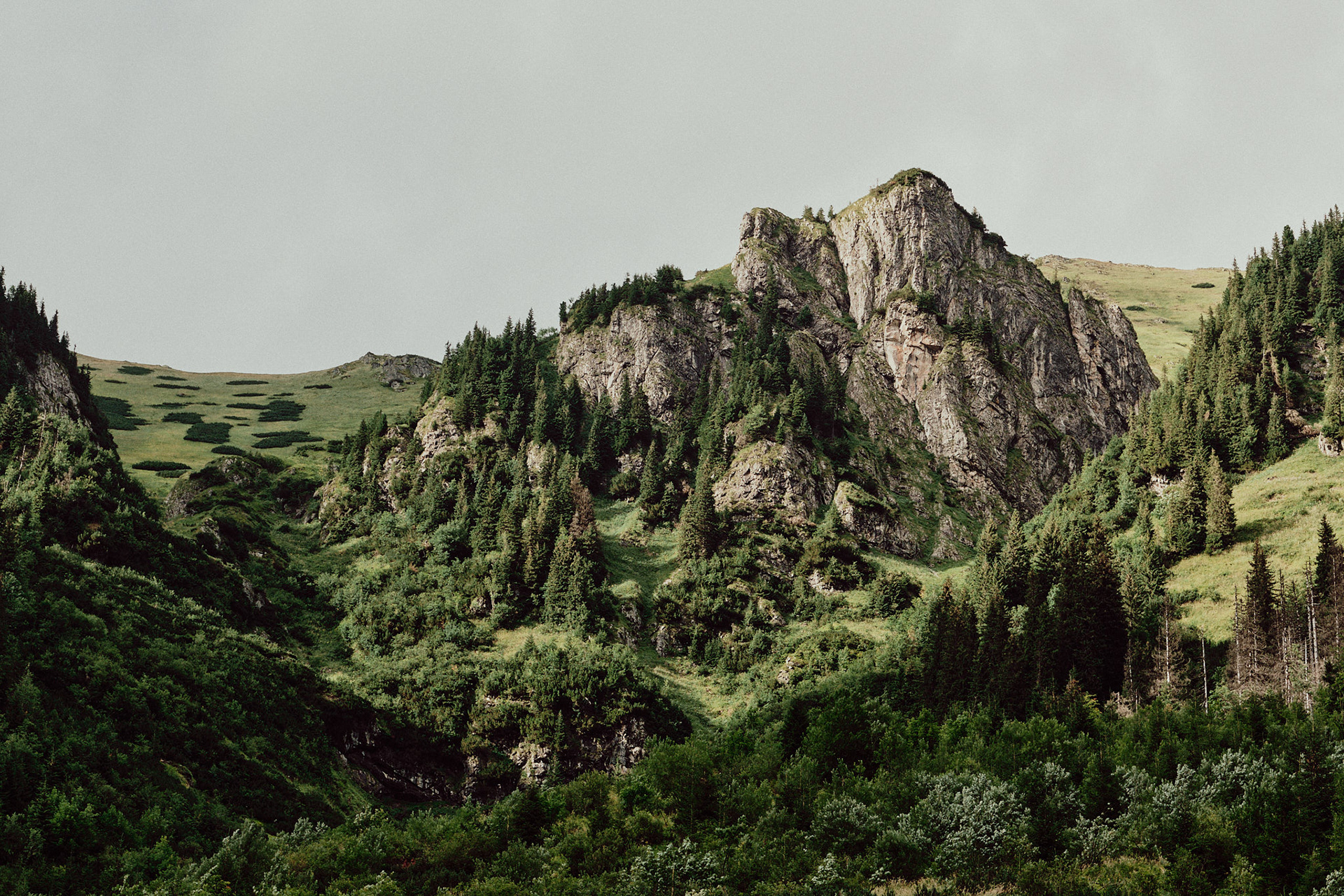
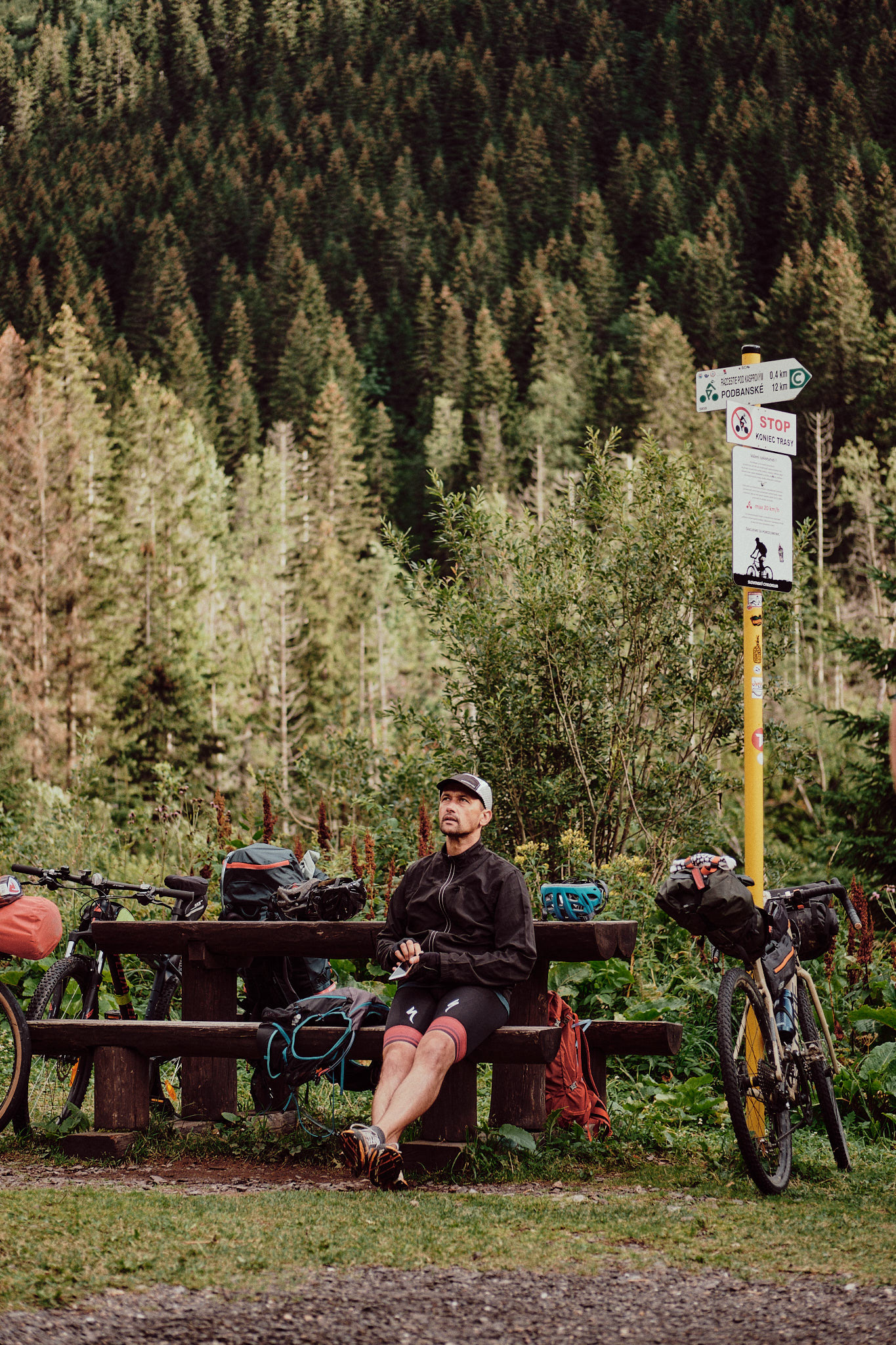

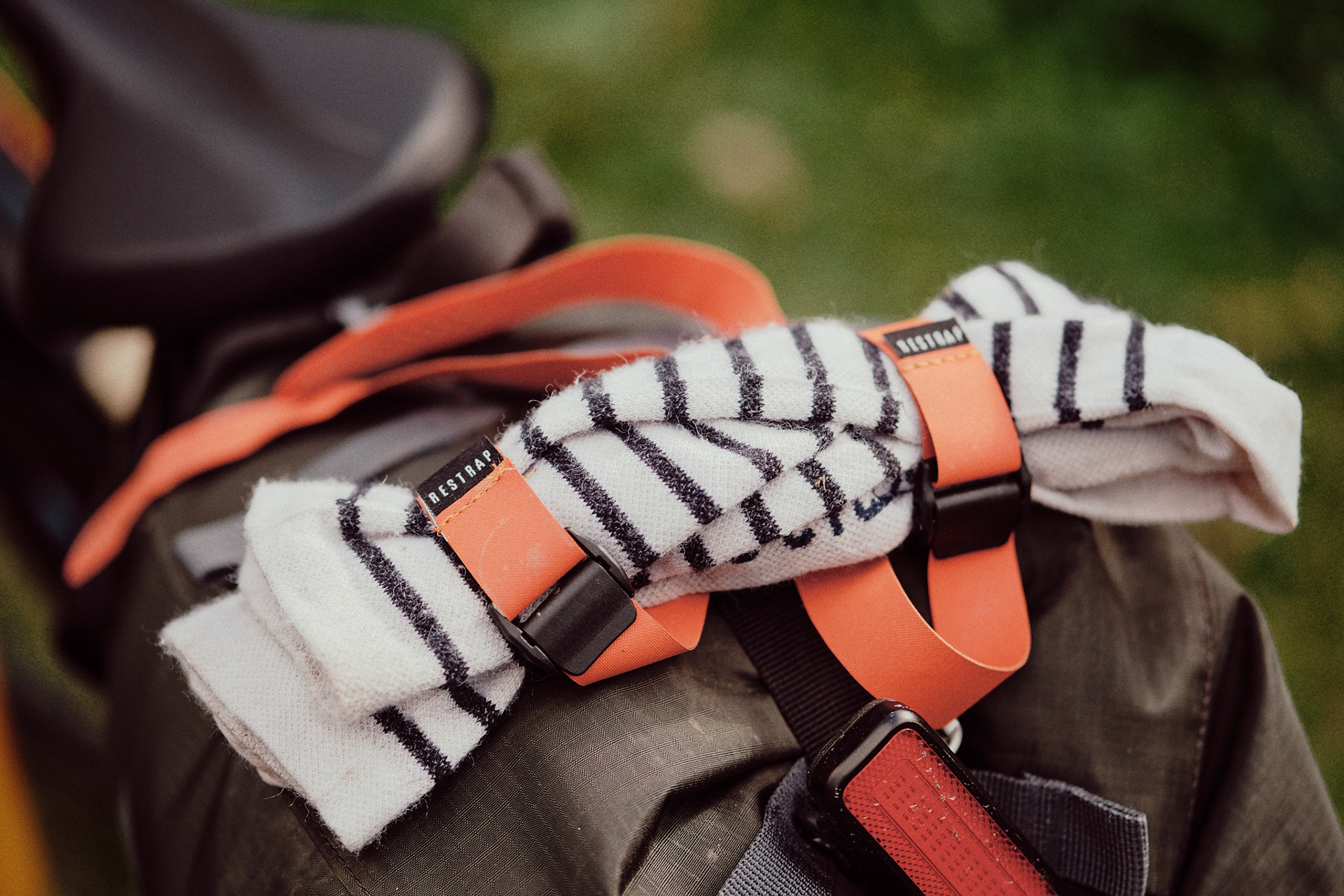
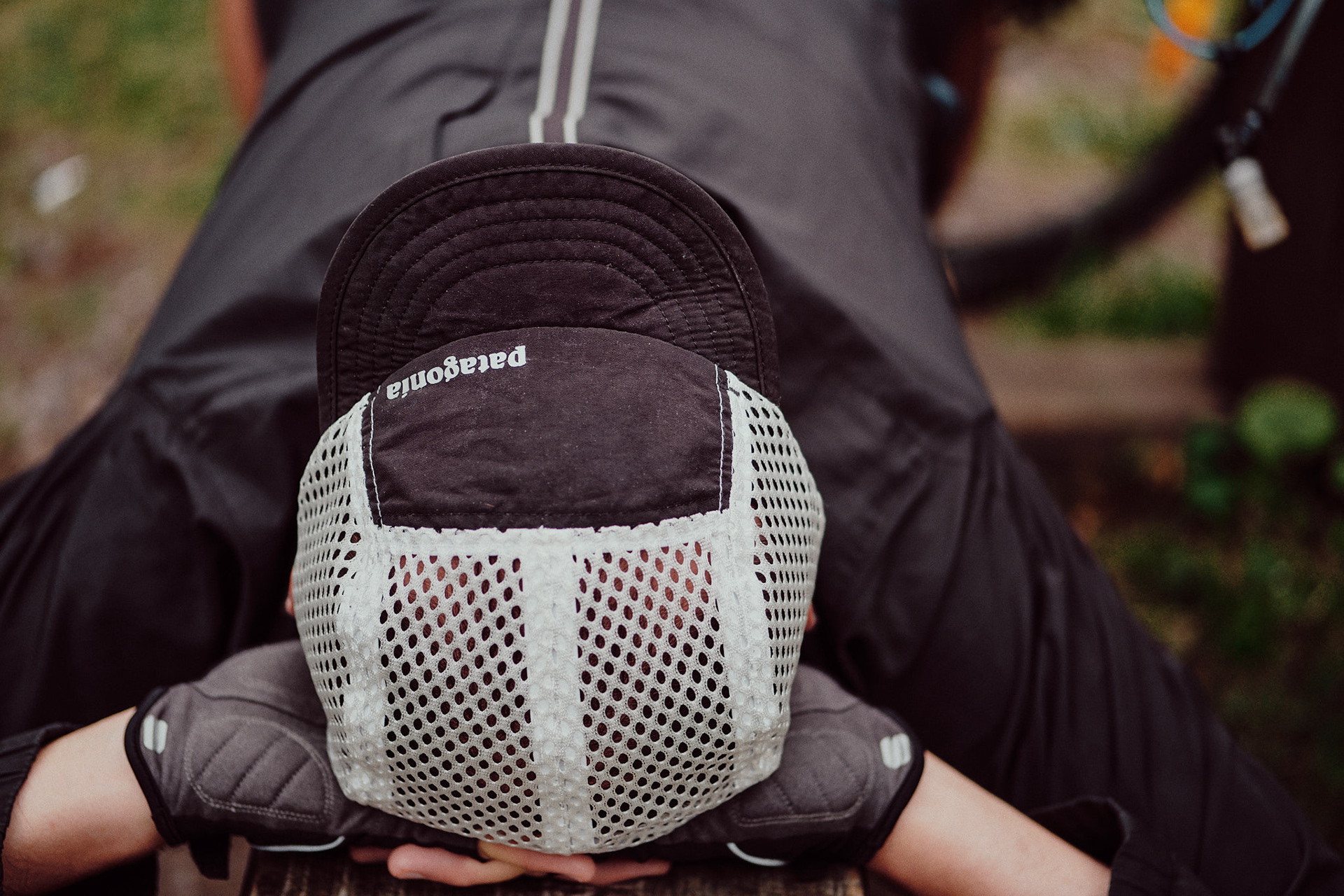
Looking back towards the valley road. Behind the saddle lies Poland.


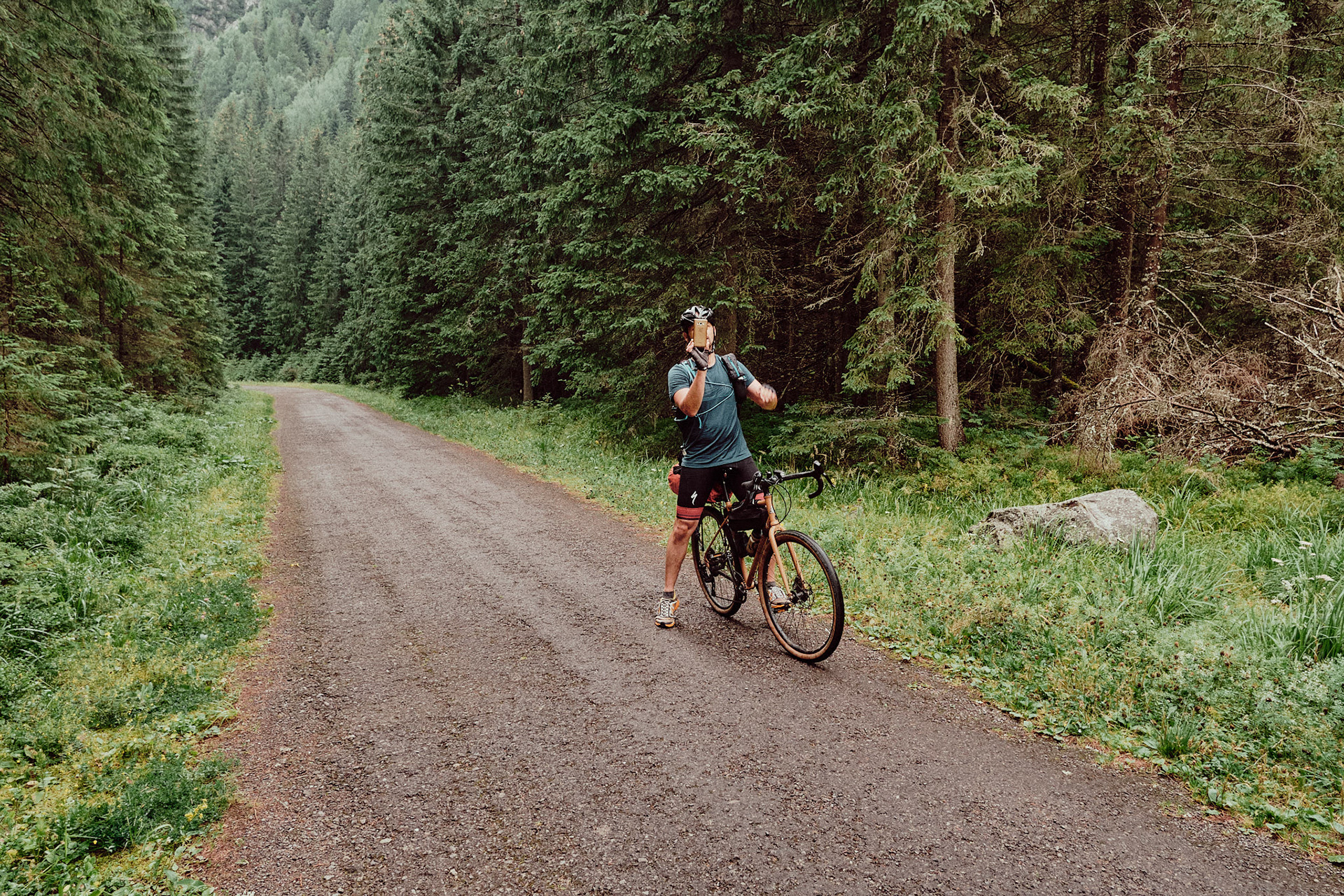
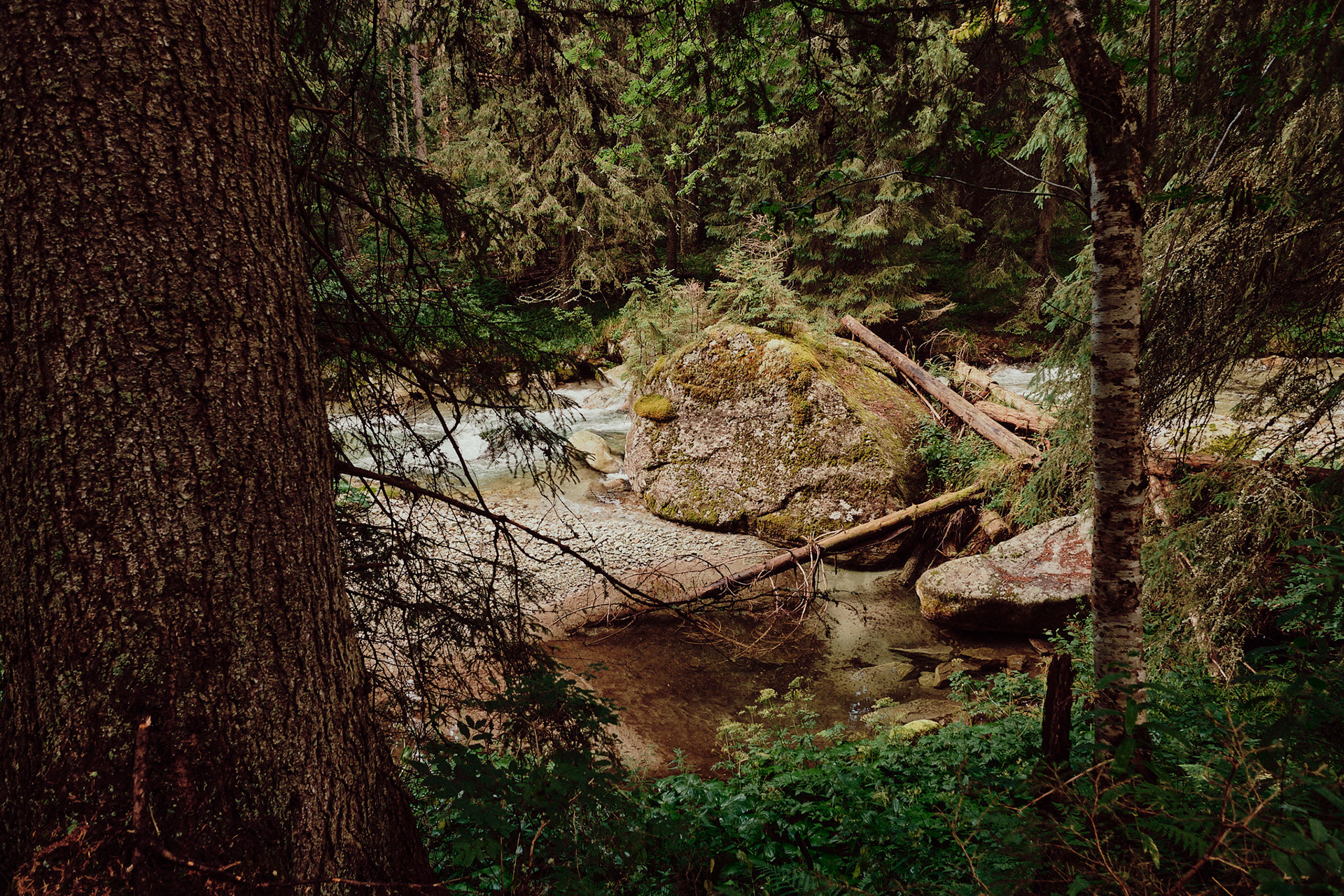
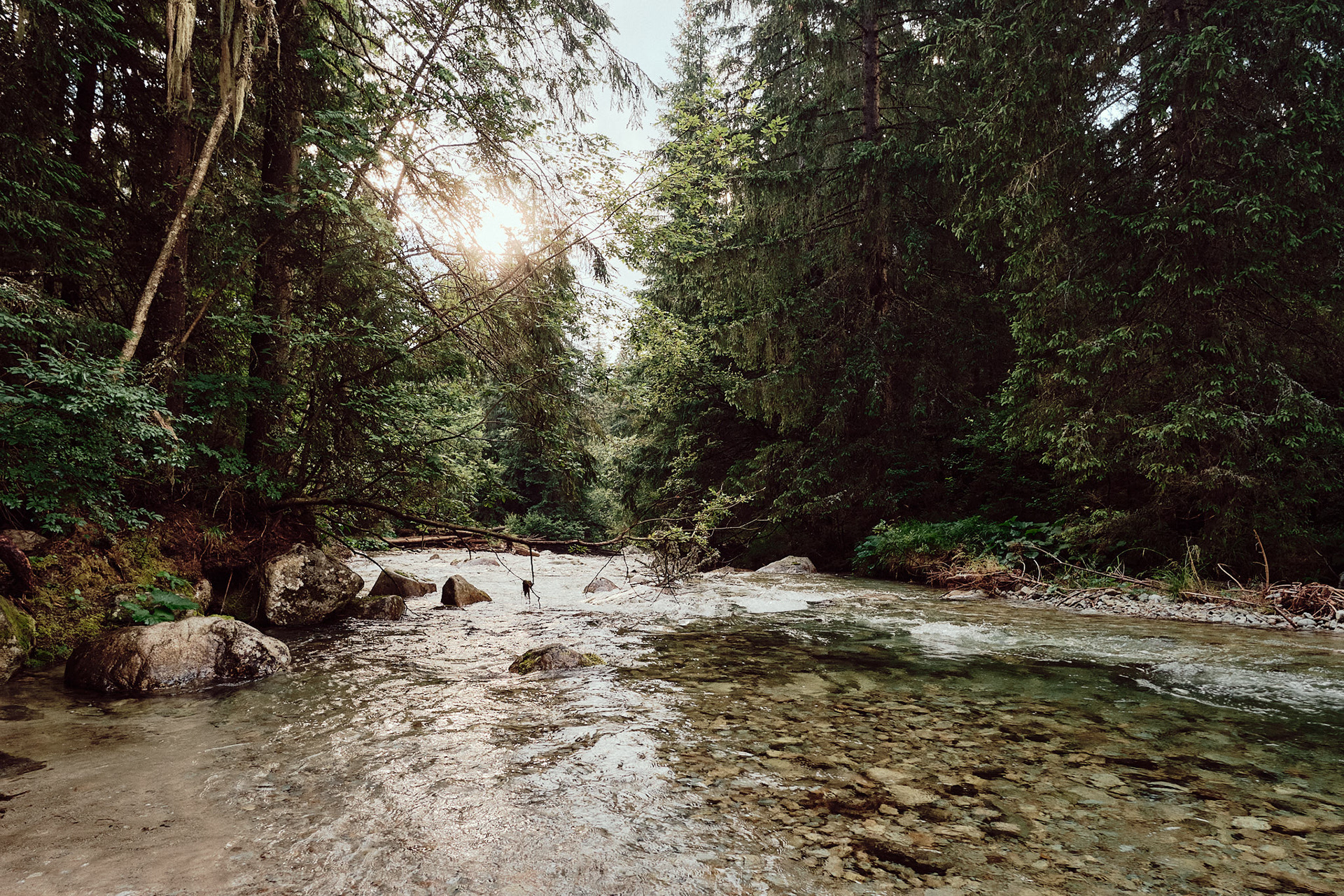
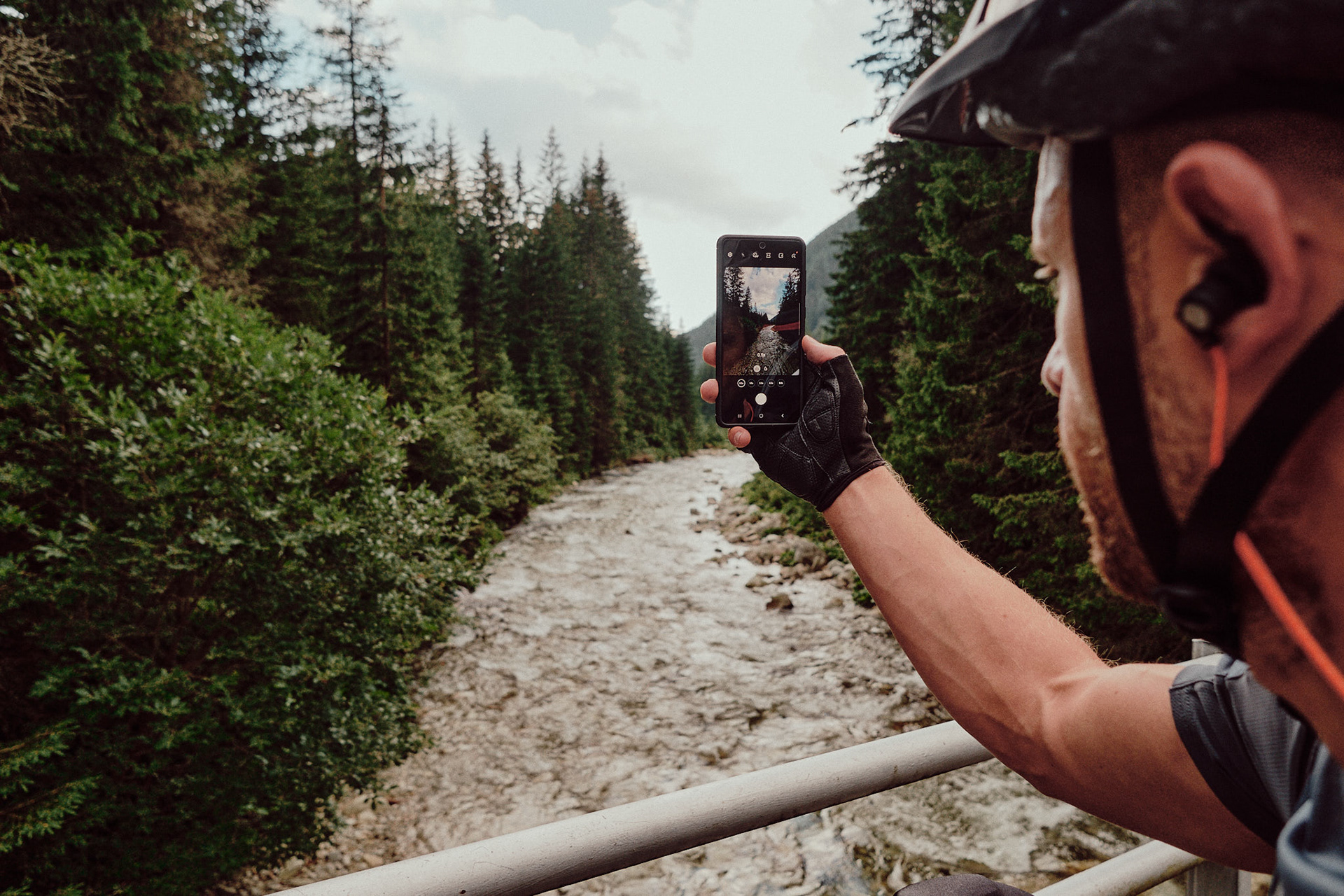
The waterfall, named after Andrej Kmeť, 19th century Slovak polymath, Catholic priest, geologist, ethnographer, pioneer of archaeology and botany, founder of the precursor of Slovak Academy, a fighter against alcoholism and an antisemite. (Not surprisingly, in the context of the time.)
Quite a dizziyng height...
(Footnote 3: Stur Lajos, 1815 - 1856, was a legendary hero of the Habsburg Empire, a 1848 revolutionary politician, the leader of the Slovak national revival and the author of the Slovak language standard. He is widely recognized as one of the quintessential figures of Slovak history, particularly by Magyars.)
Isn't it crooked a bit?
Tatra folly
Using a Cube as a tent pole. Notice the clever usage of Braňo's tarp stretched over our dirty wheels instead of mine.
one more cup of coffee 'fore I go
to the valley below... (4)

We share your rucksack-induced suffering.
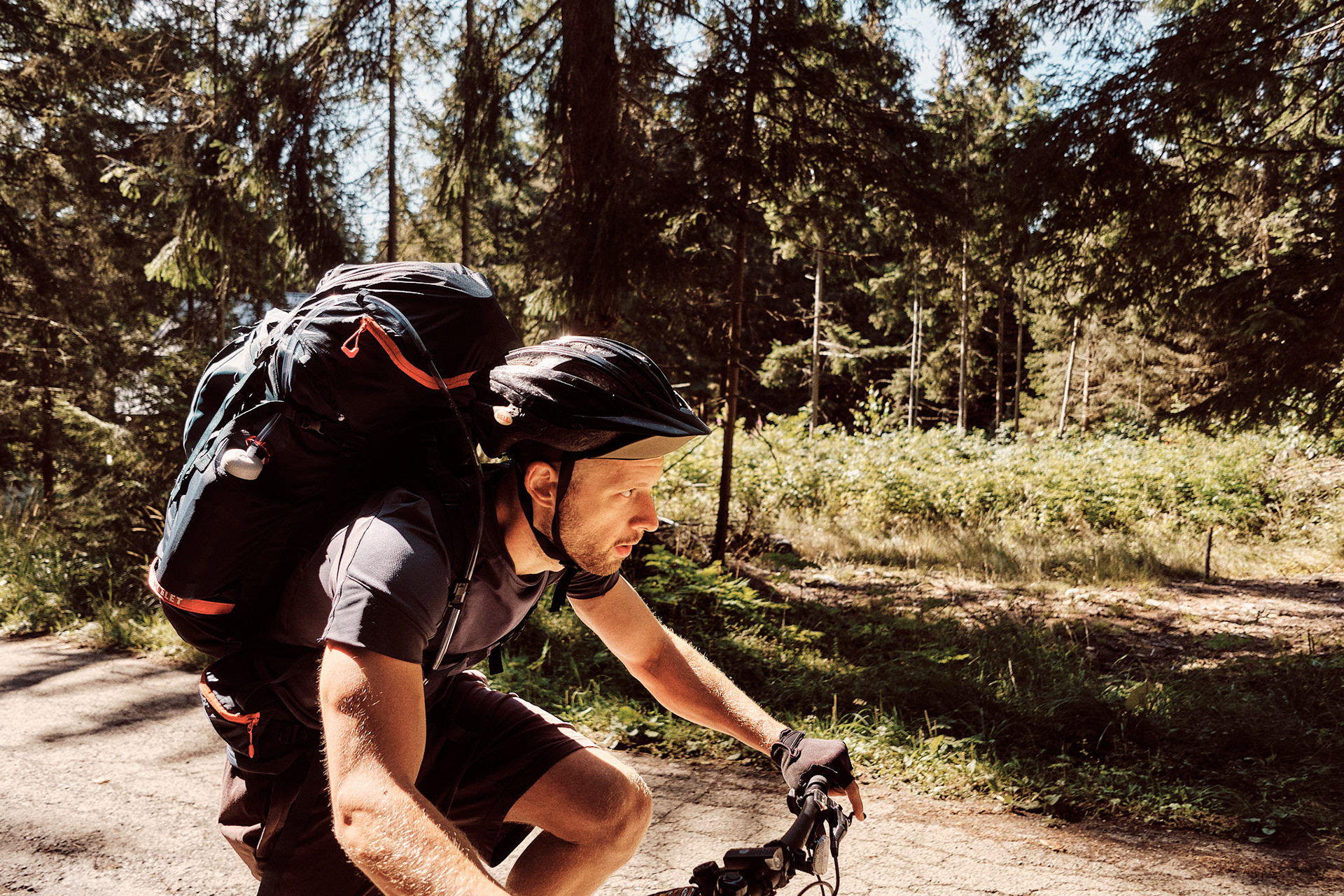
With a stoicism of a hero...

... you pedal and pedal....
... regardless of the cicumstances.
Chopok and the Ginger on the horizon, right?
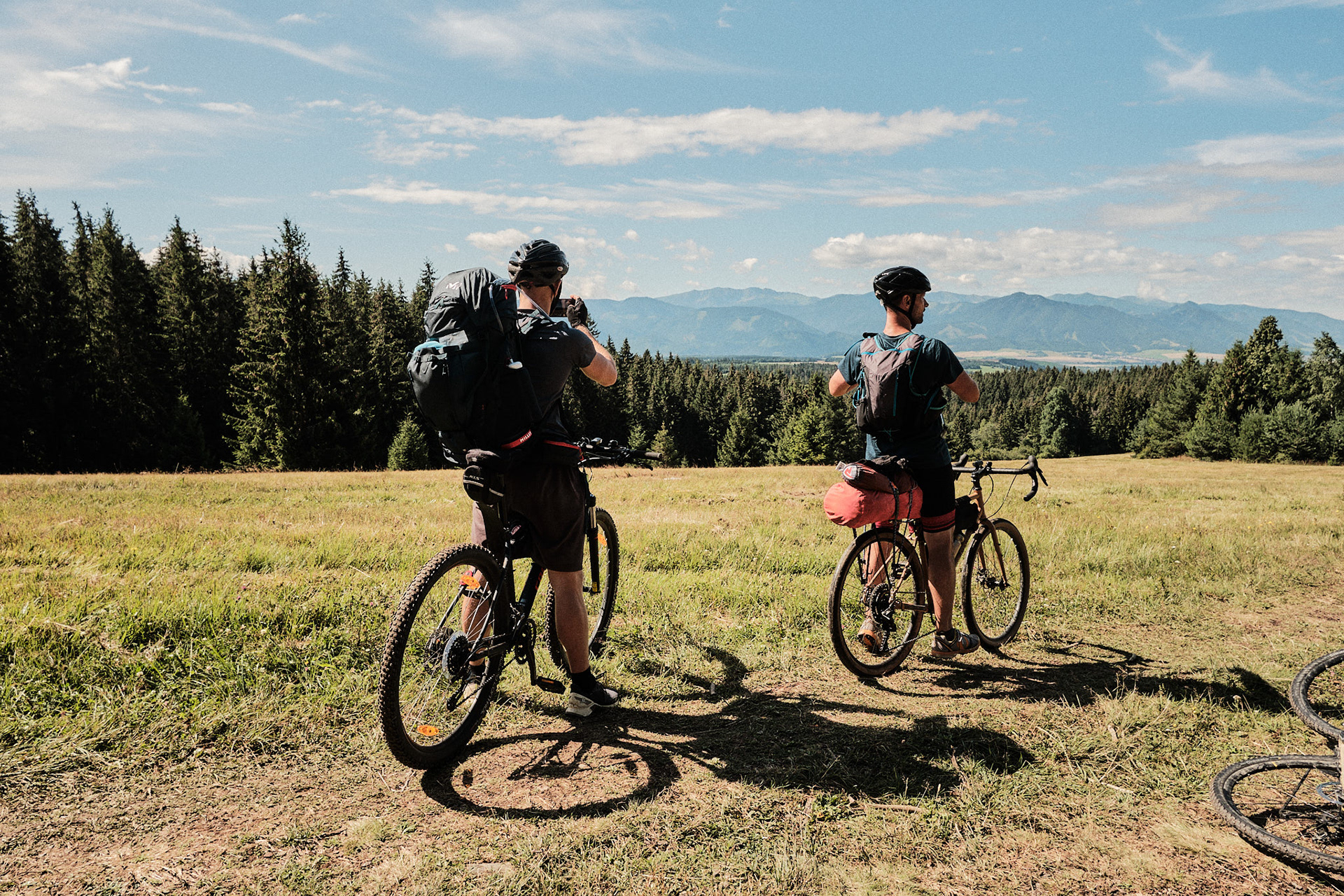
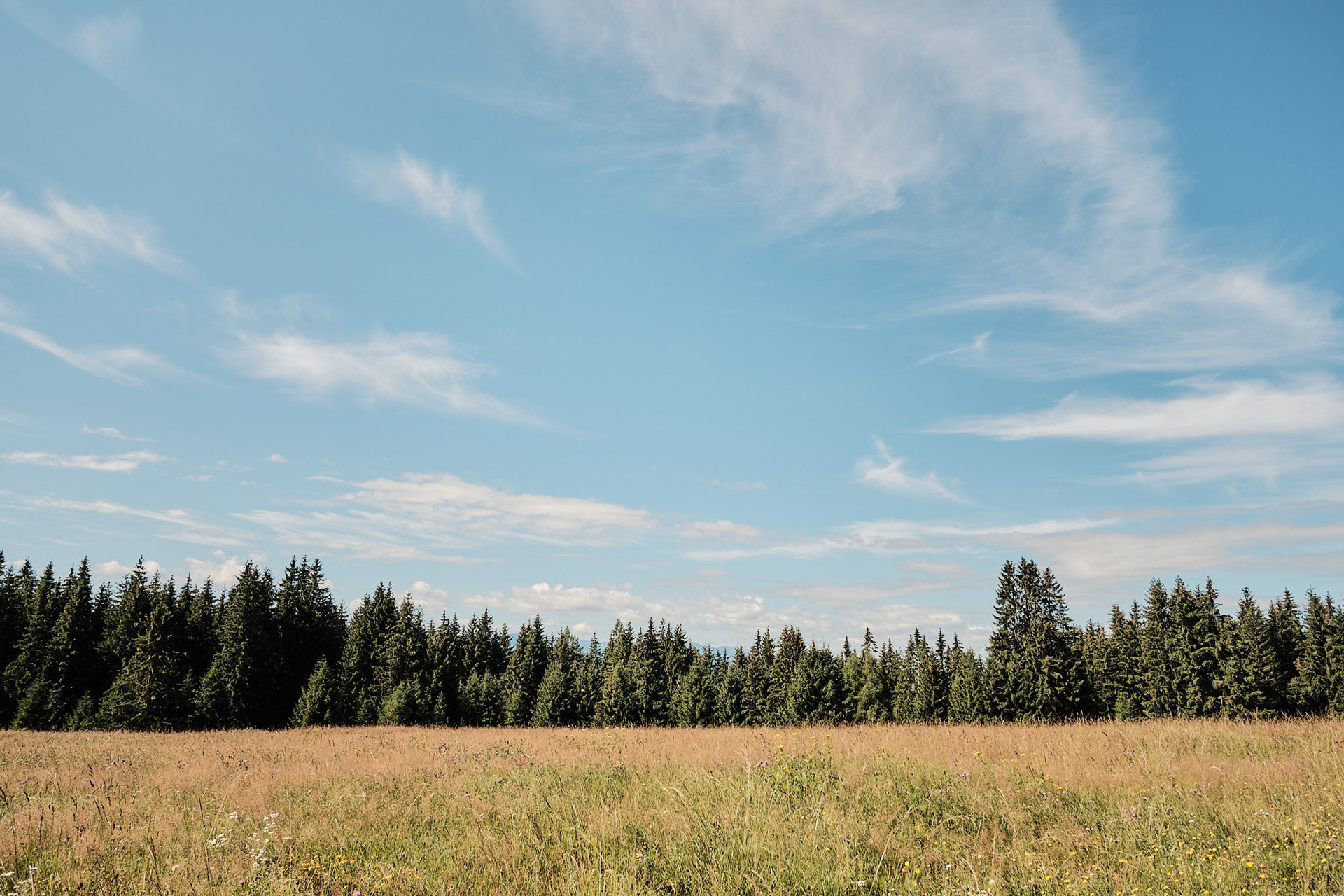
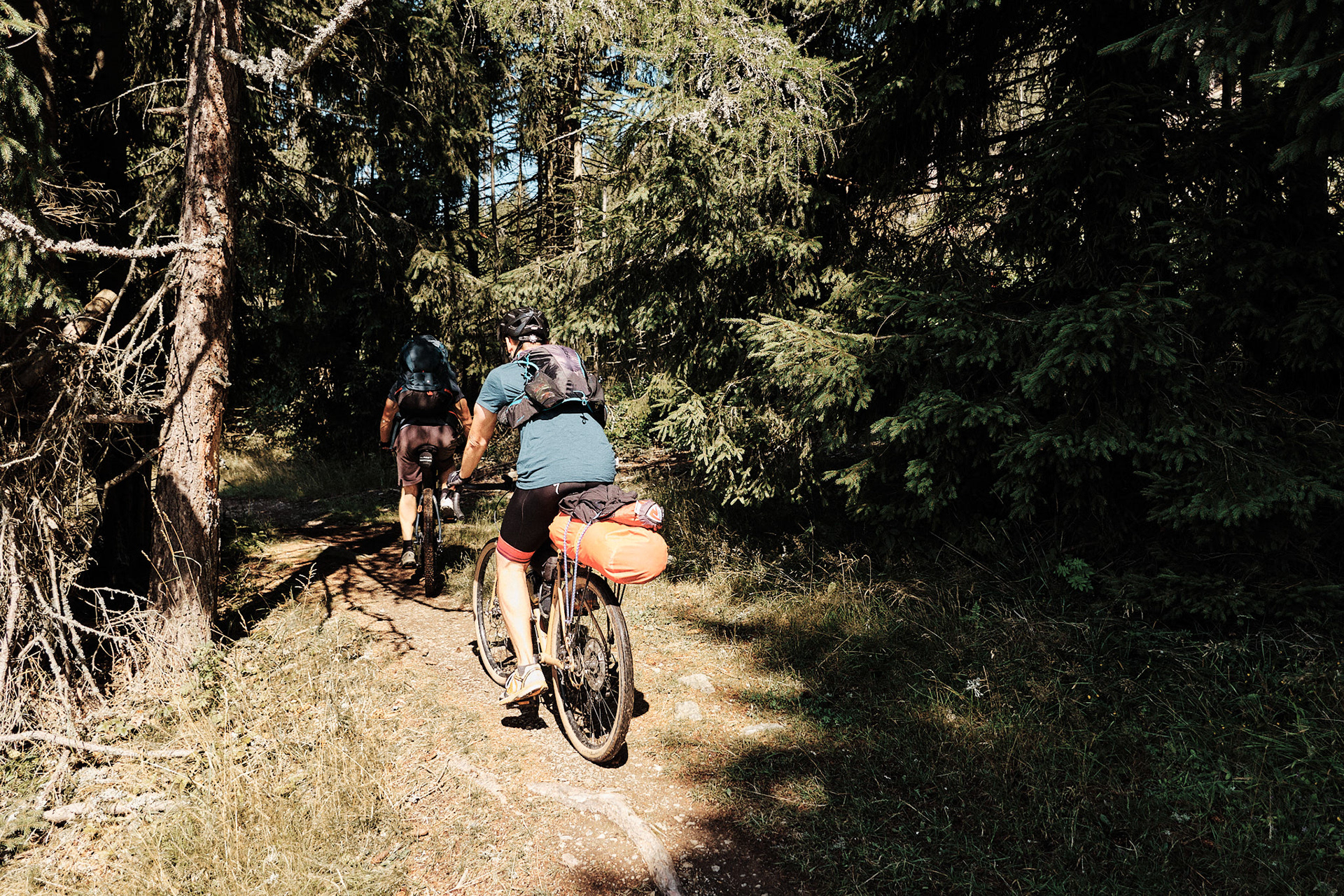
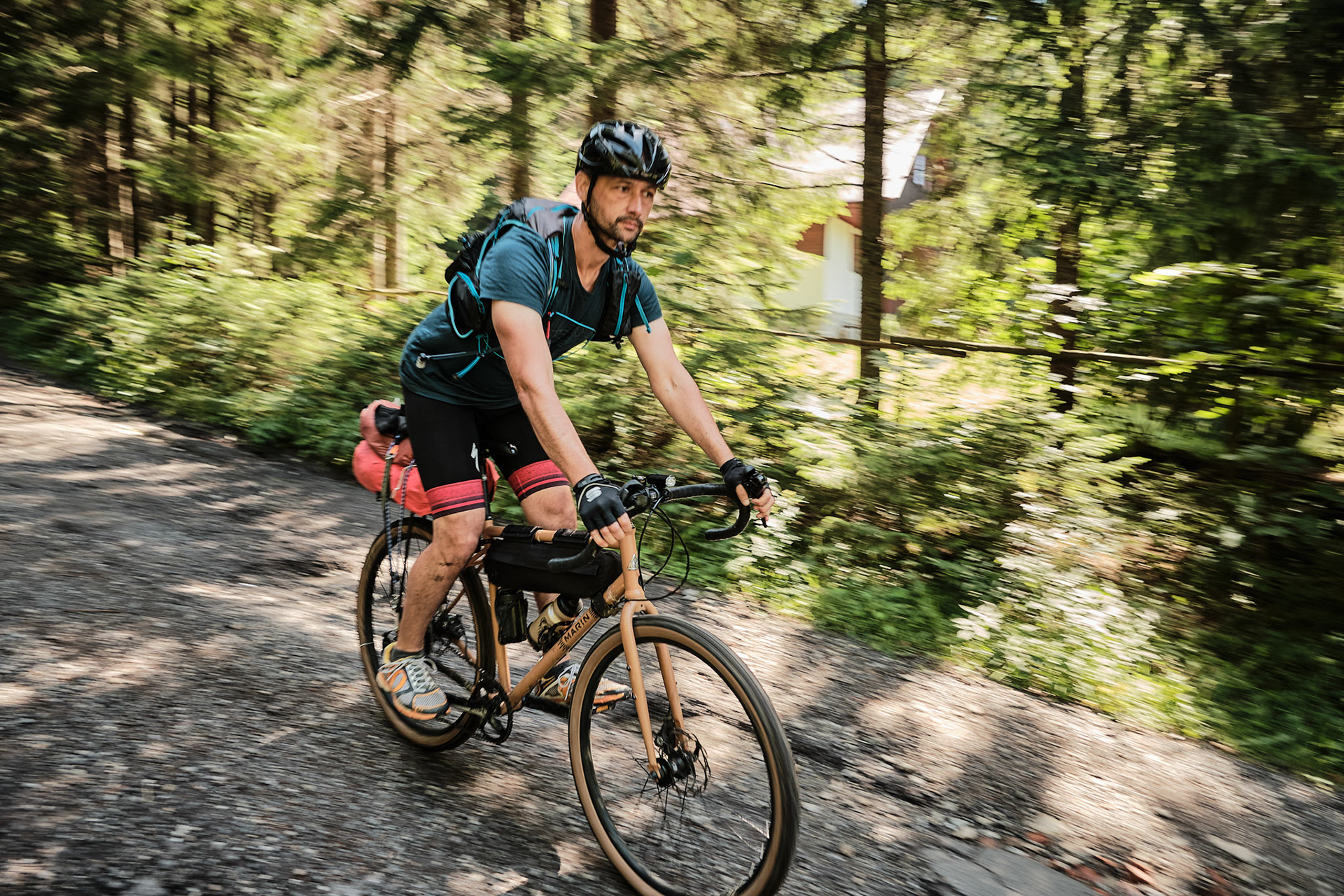
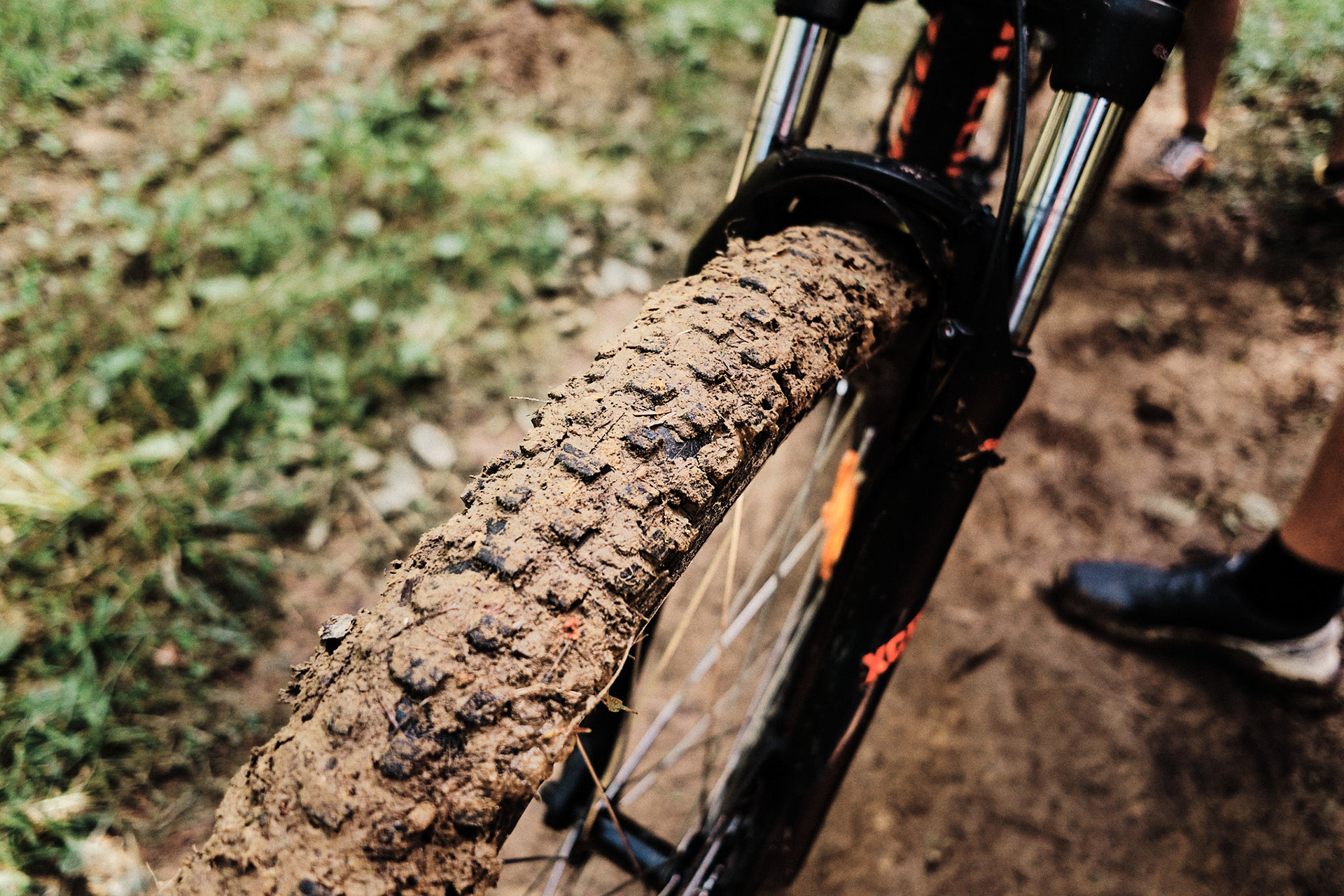
A remnant of the days of old, Tatra 148. A truck laid to rest in the landscape it was named after.
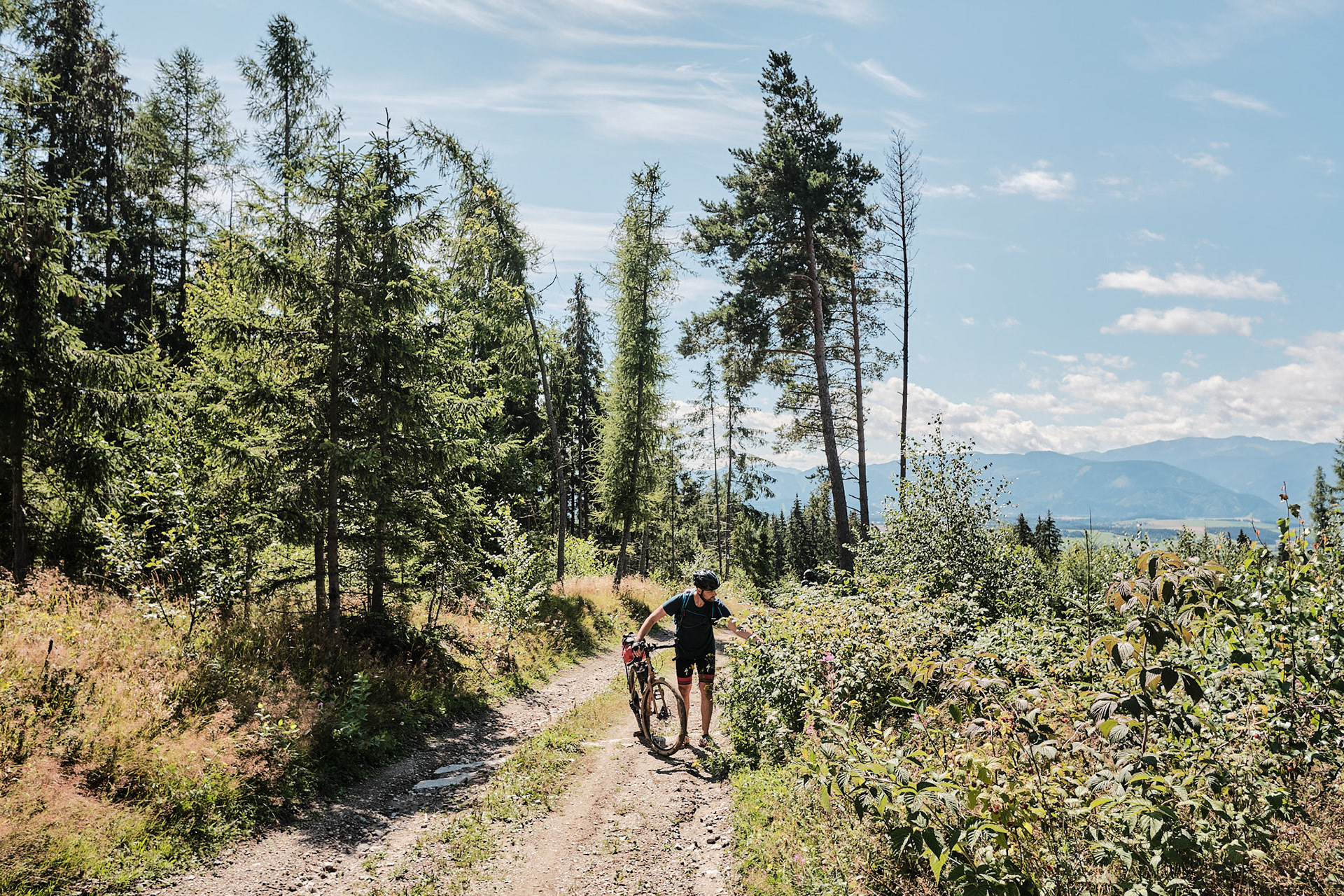
A determined climber on the attack.
... he leaves his rivals in the dust...
... admiring the scenery.
A champion's grimace.

I don't wanna talk about things we've gone through. Though it's hurting me, now it's history...
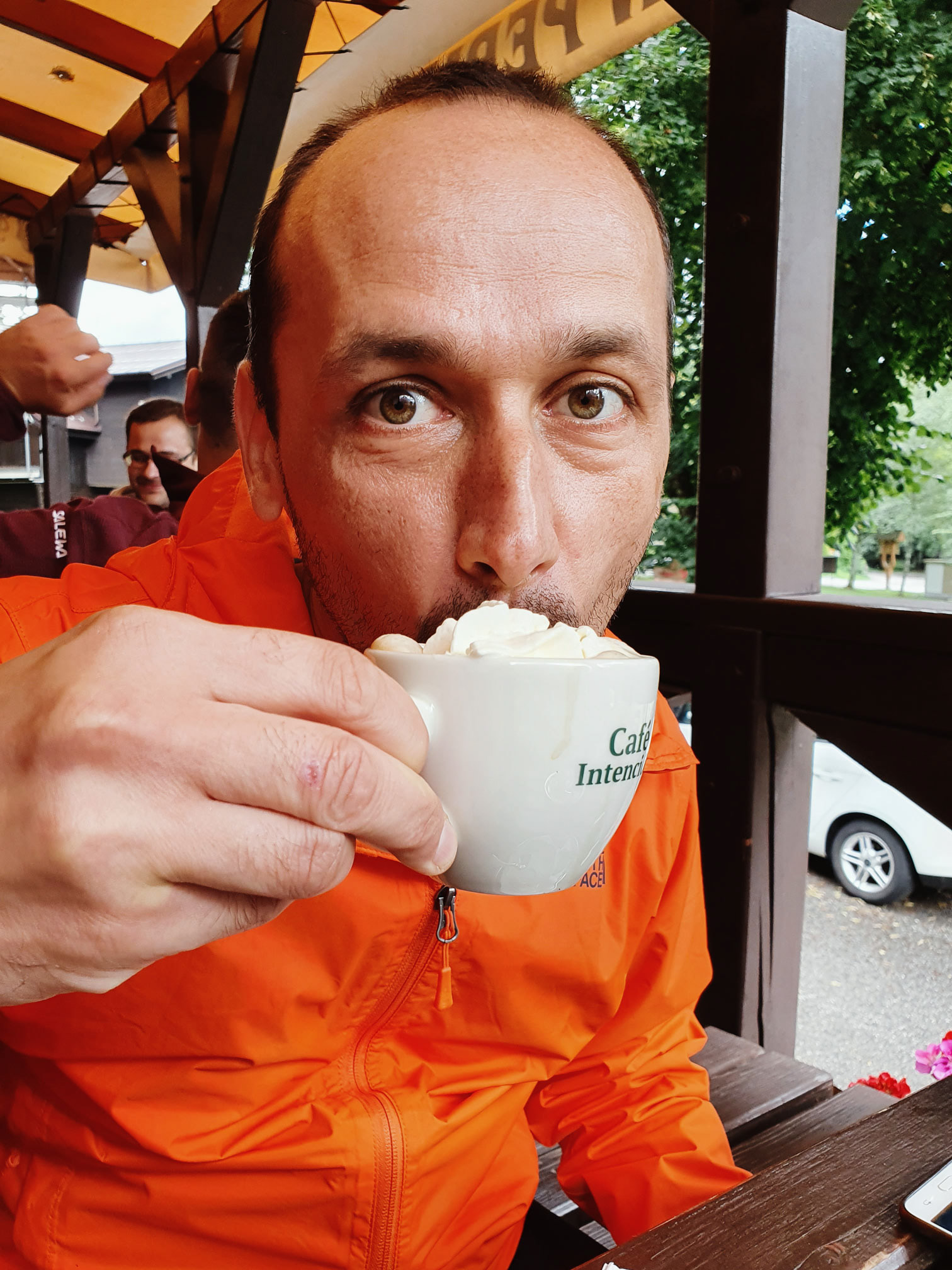
Once upon a time I used to know a fellow nicknamed "Kávičkár"...
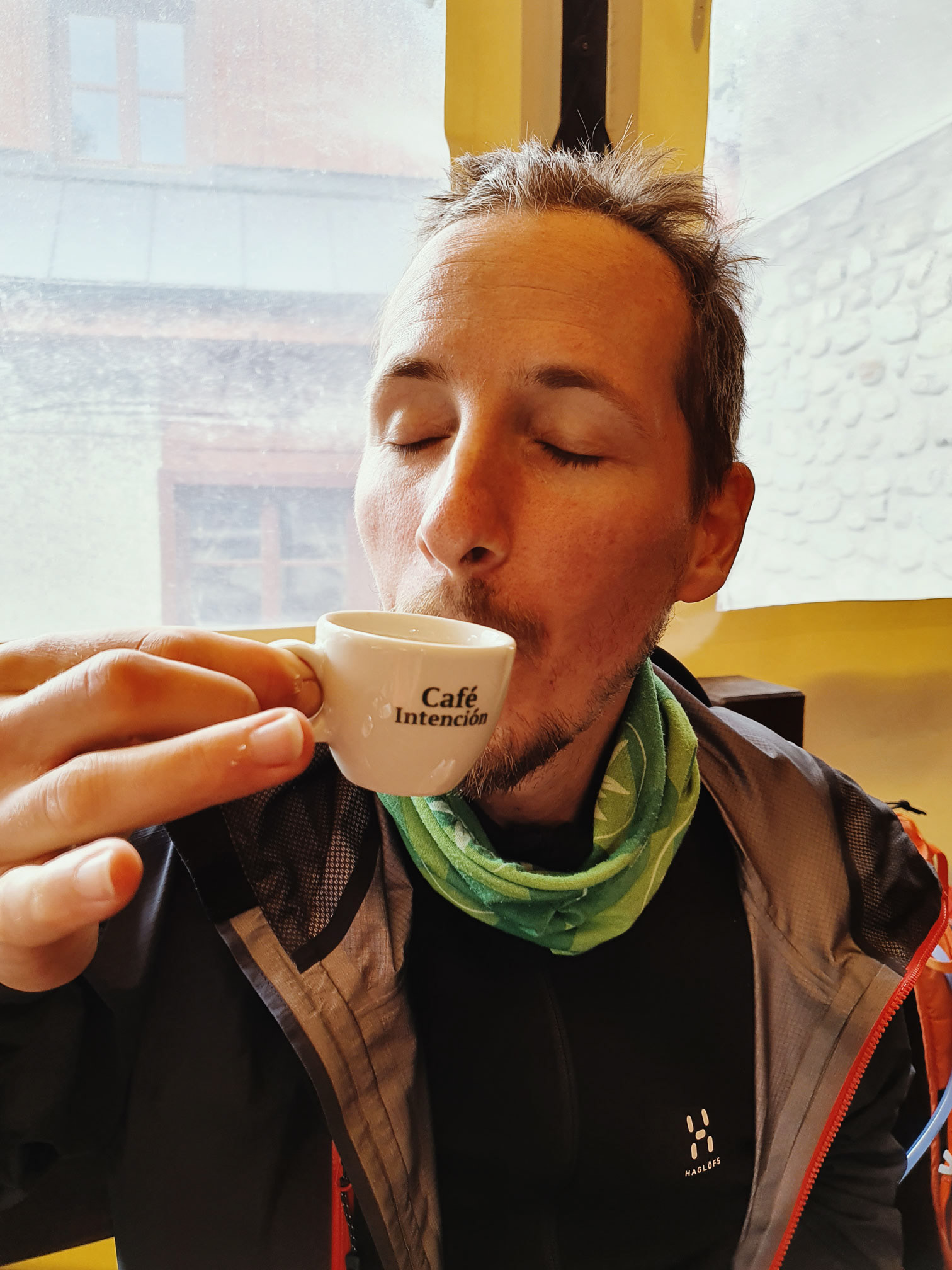
Sometimes even the hero is forced to compromise his ways. How foul!

That's much better. Outstanding ale, easily the best we tasted during the whole journey.
One last timid look back.
Leaving Tatra behind...
... while entering the valley of Liptov. (Velký Choč looming on the right.)
The Gothic church of Smrečany
The 17th Century belltower of Trstené.
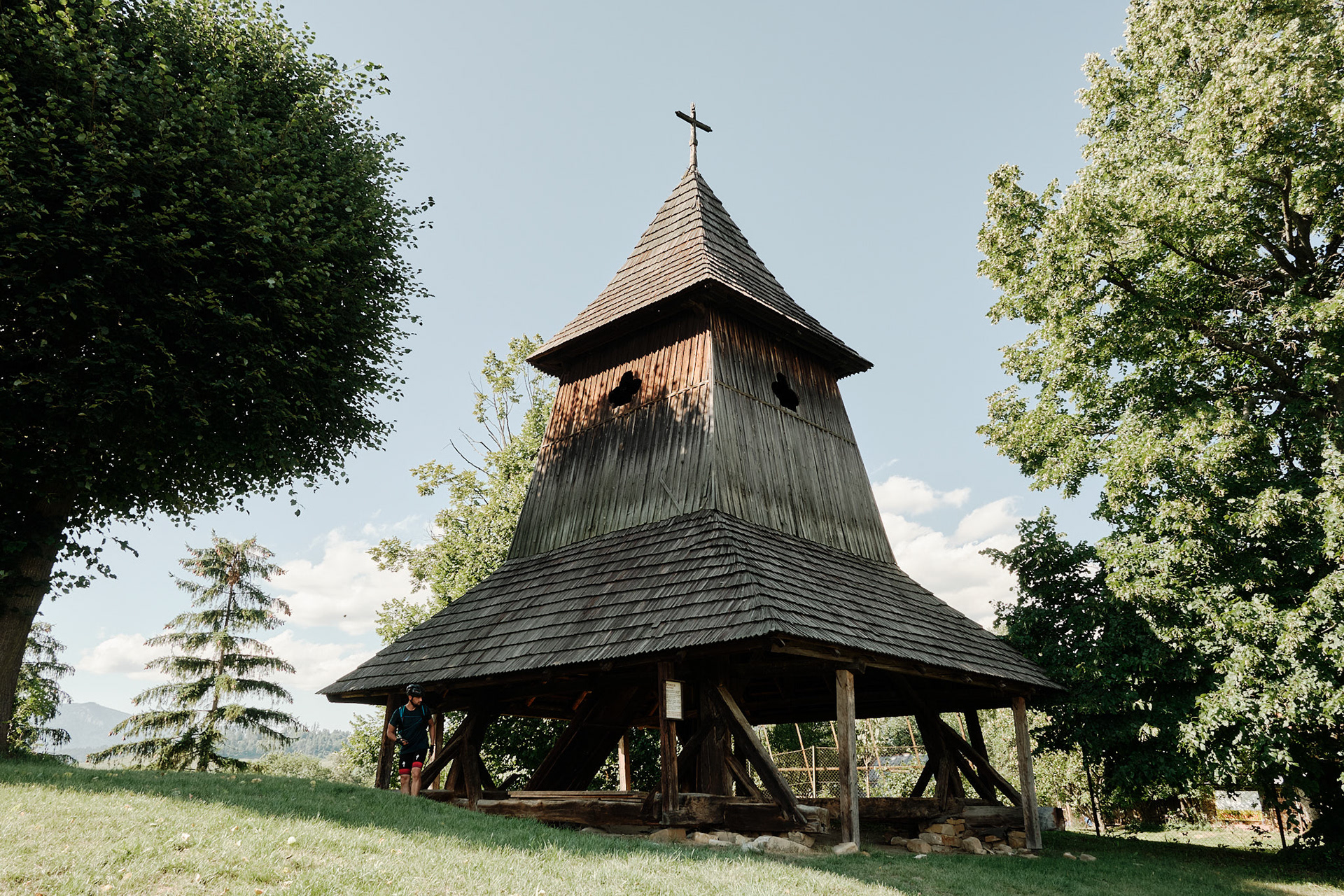
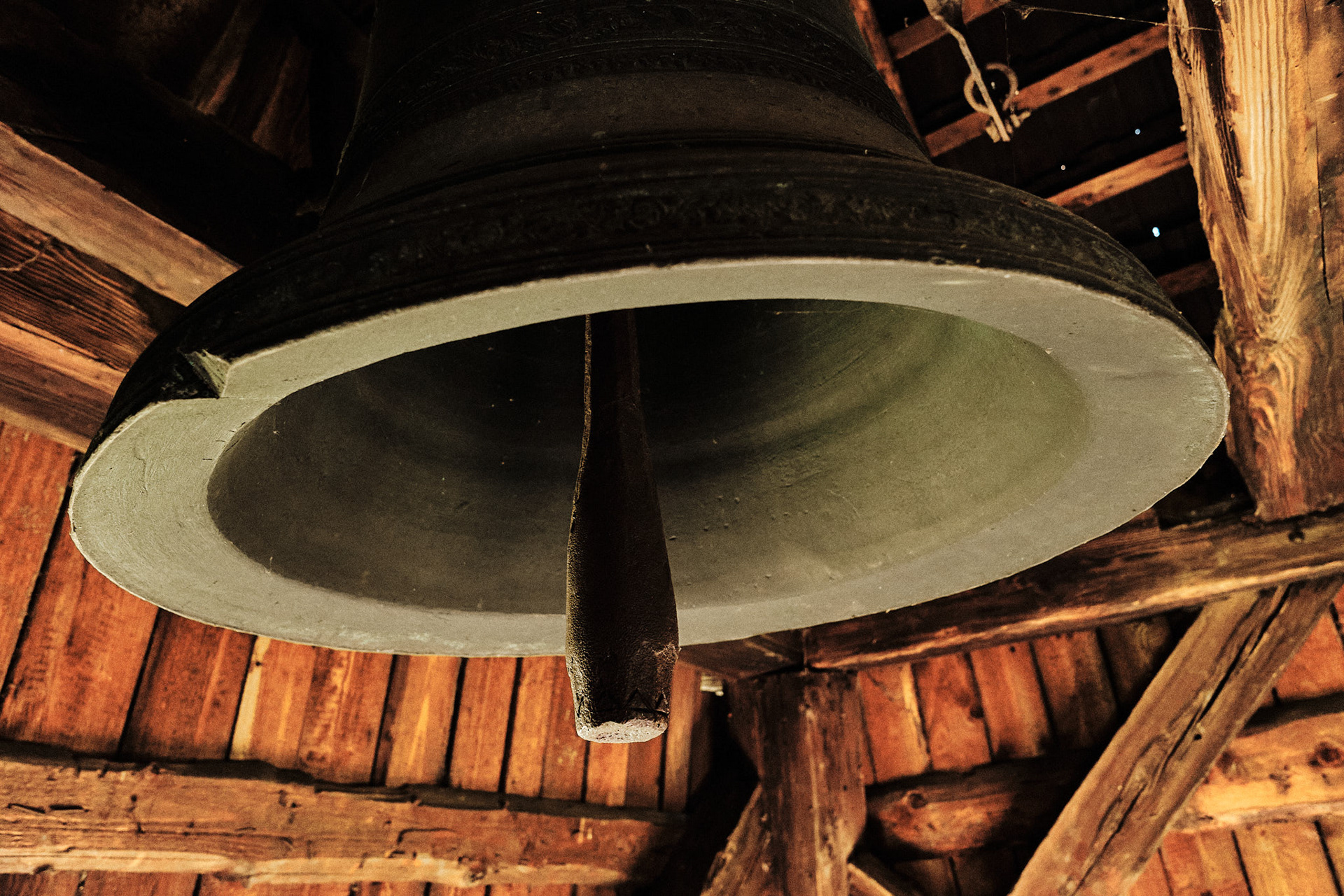
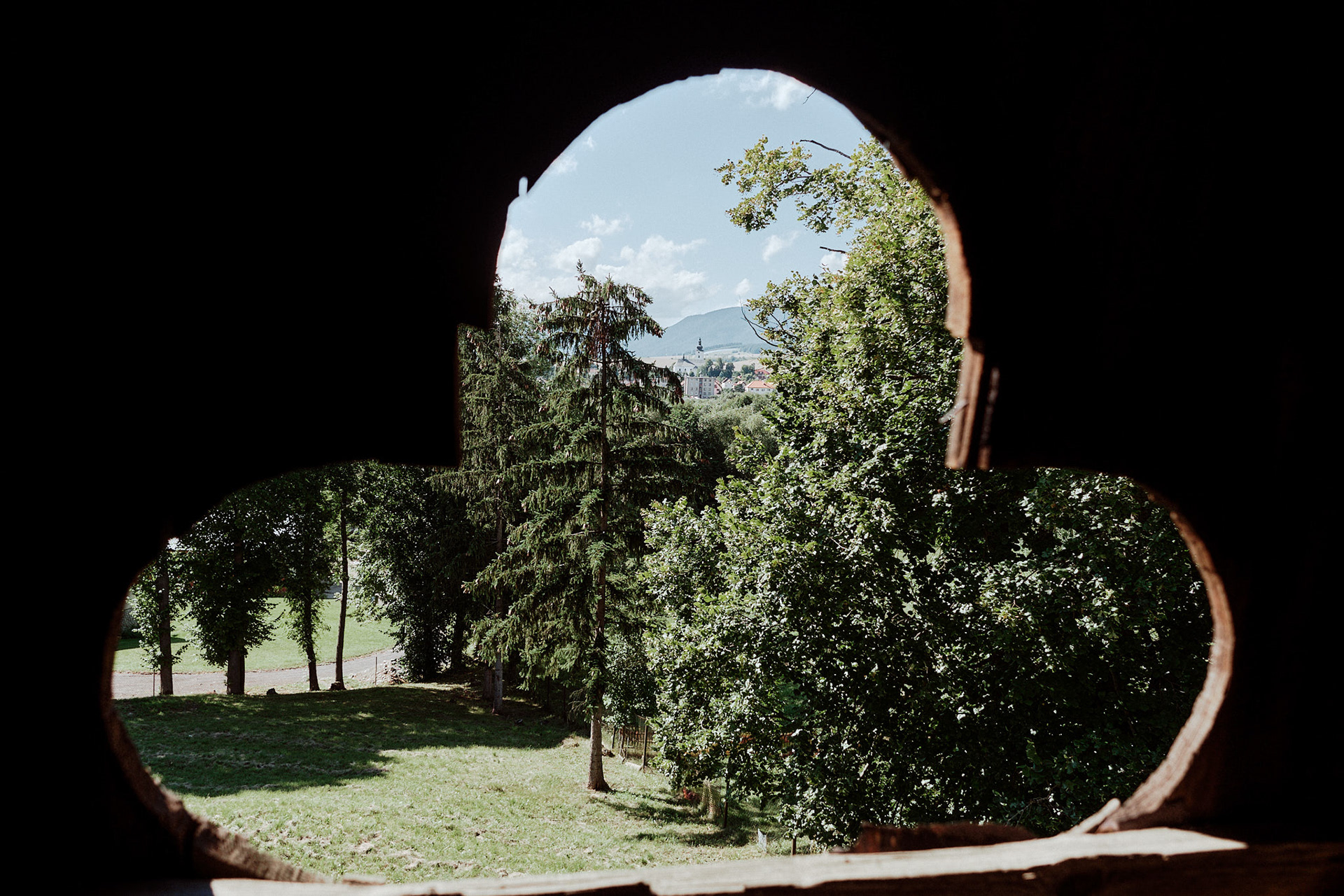
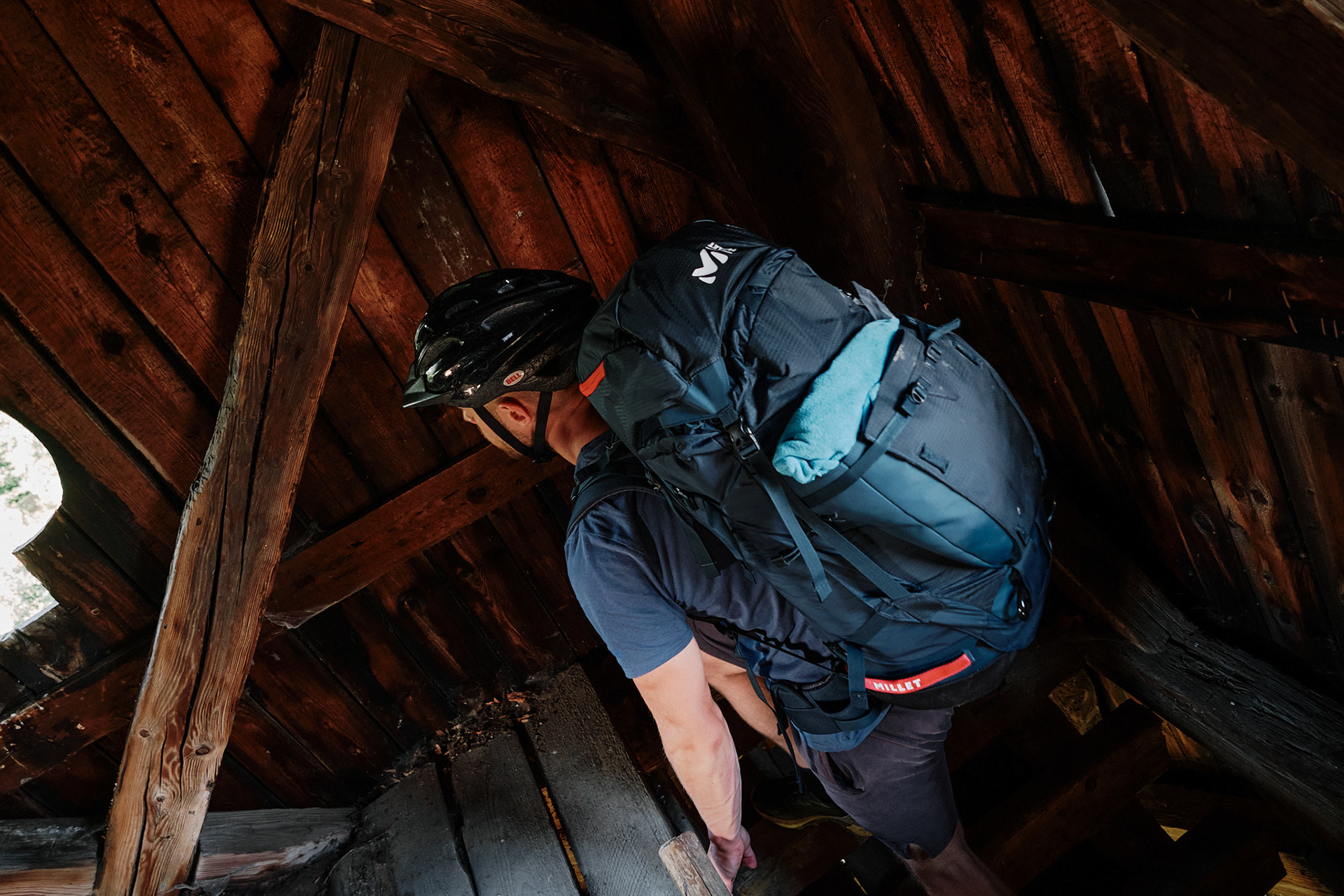
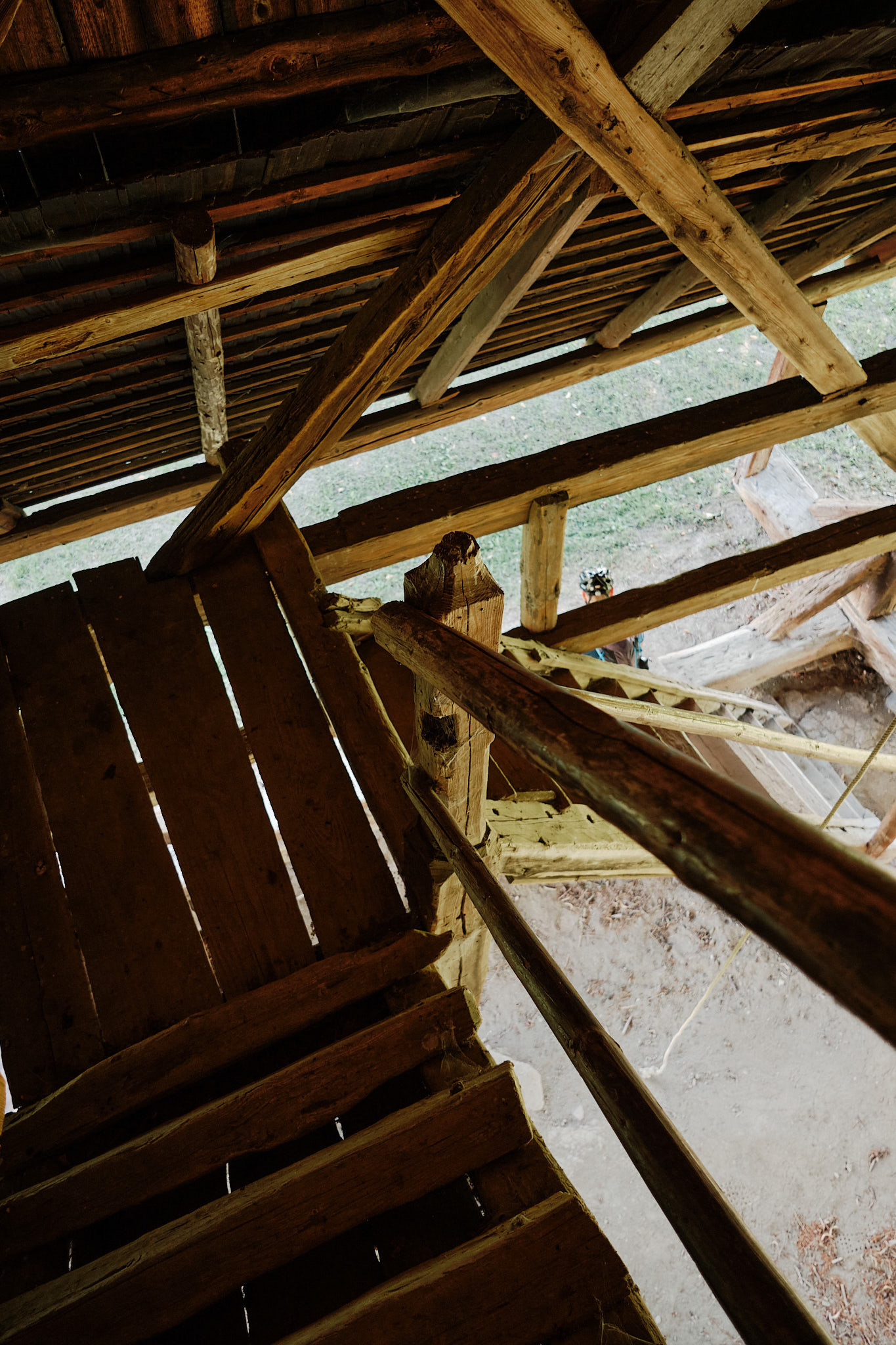
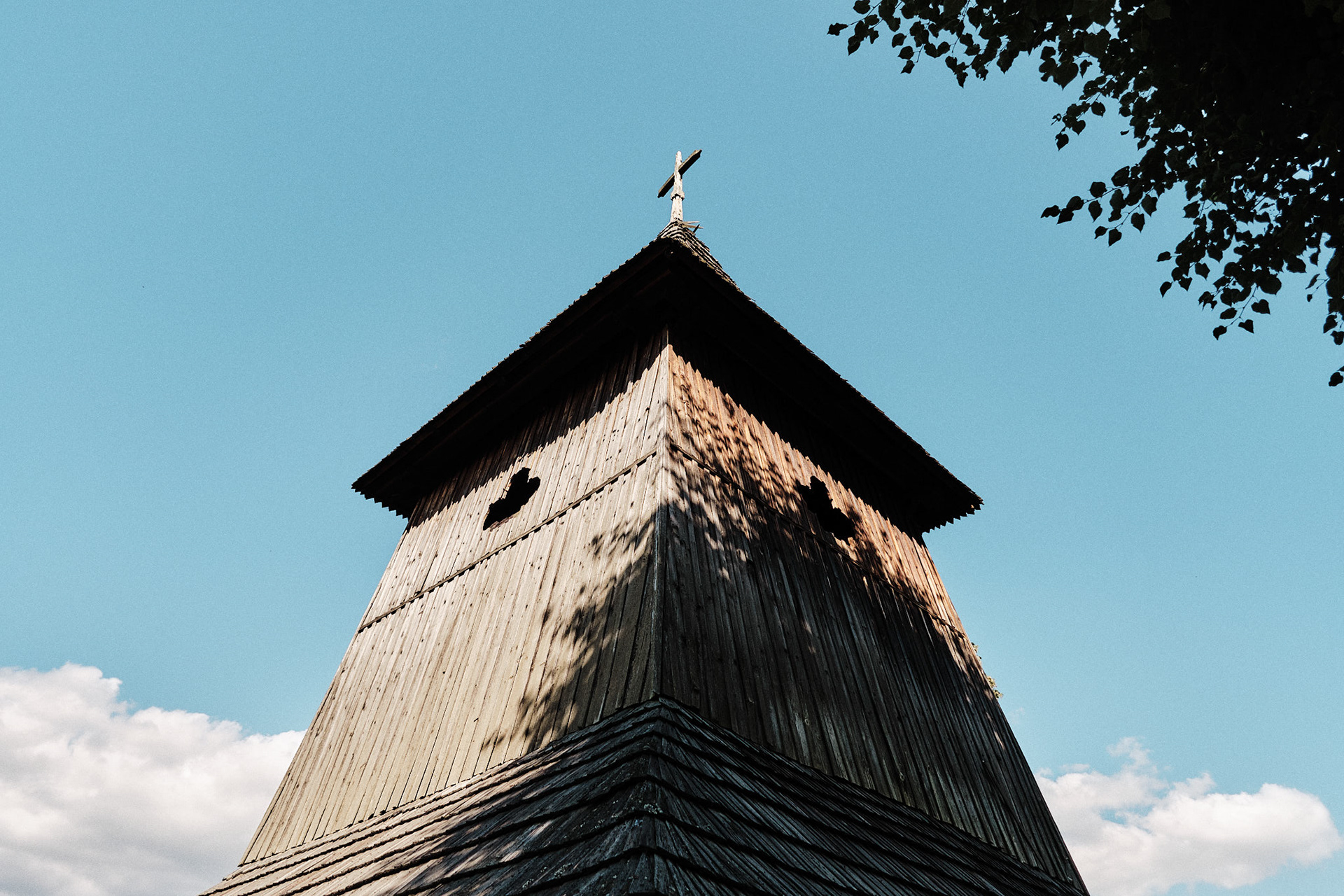


At the door of my mother-in-law's.

A cyclist, after a week-long holiday relaxation.
Still... your neglected pubs should stop offering ubiquitous Czech lager with a desperate postmodern global tourist cuisine. It's beyond belief how difficult it is to find a normal menu and a Slovak drink between Bradlo and Tatra! Even in a Domaniža in the middle of nowhere* you are limited to pizza and burger, for god's sake! Where are my dumplings with cabbage? Even here in Prague it's easy to get bloody strapačky - with a Czech lager, who would believe it? Prague, the culinary heart of Slovakia? Get yourself together, please. Because no one should have to visit a posh hotel in Podbanské to eat well, right? I take my hat off to the Popradské Pleso Chalet for the excellent simple food they constantly serve and to the Žiarska Chata for the superb local Liptovar they have on tap.)
/** For the record, we avidly admire, cherish and adore such sluggish nowheres. Glory to backwaters, well manured pride of exurbia. The thing is... we don't expect a burger here, allright? (Burger is etymologically derived from a certain North Sea port, the root burg meaning a castle or a borough, a fortified settlement - are there any ramparts we missed in Domaniža?)***/
/*** For the same record, we ate well in Domaniža. We like Domaniža. We remain in no dispute with Domaniža - or with the Strážovské vrchy as a whole. We would like to visit again, wholeheartedly. Oh my... We are going to be hungry, aren't we?/